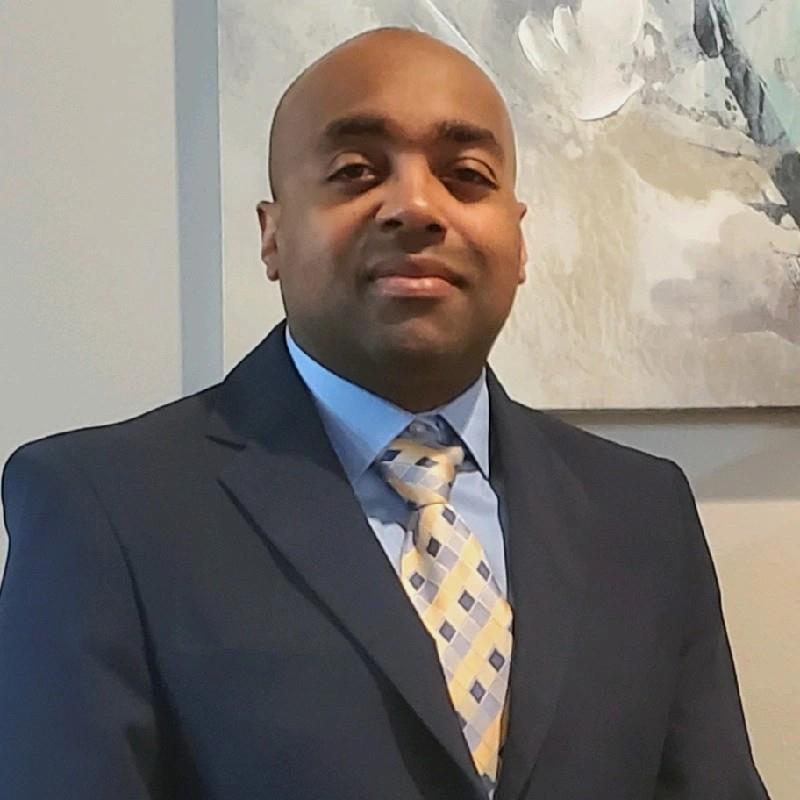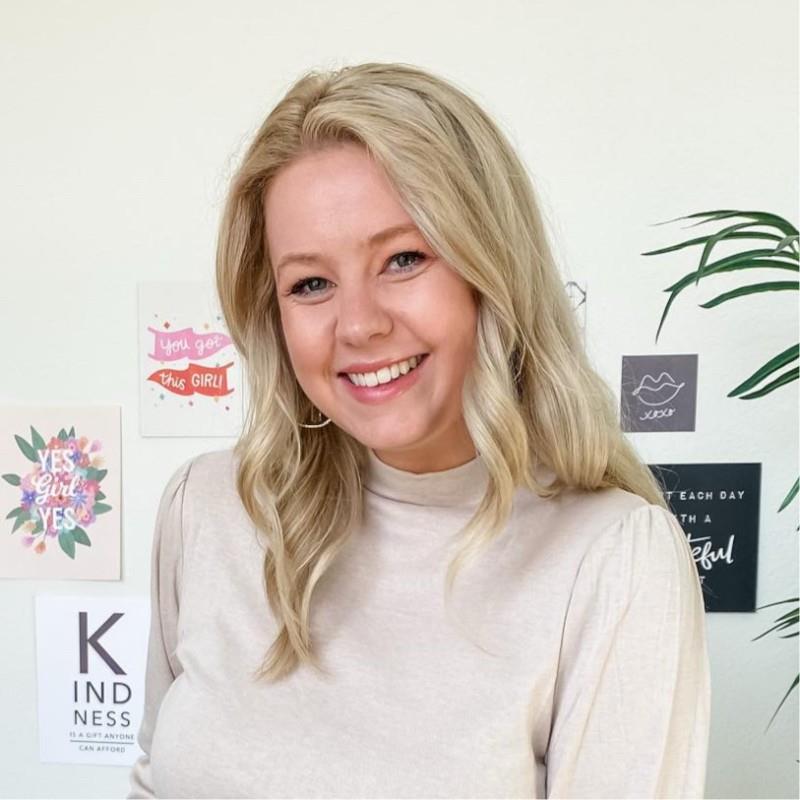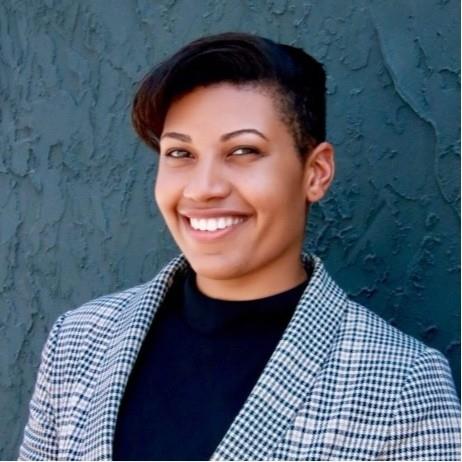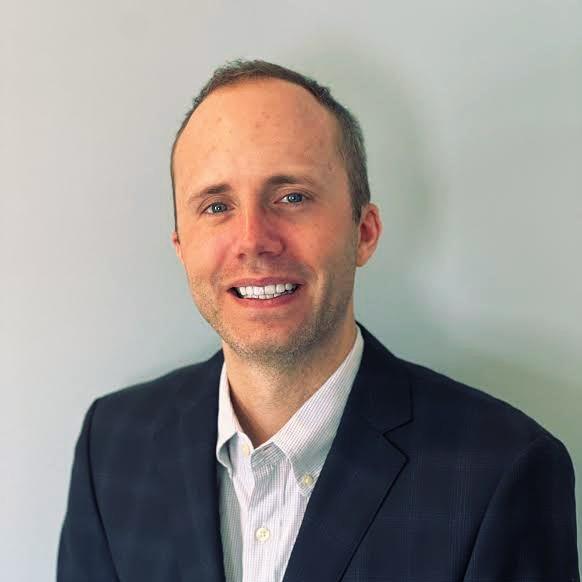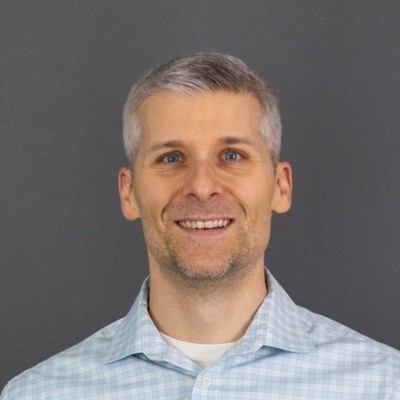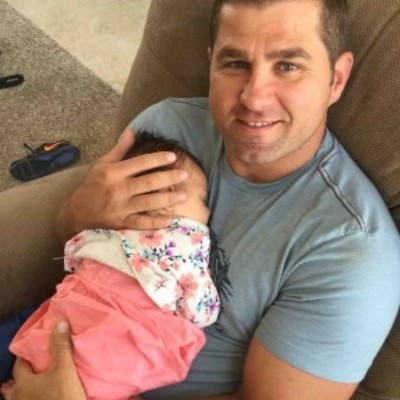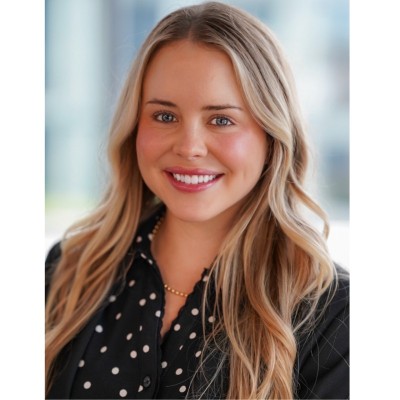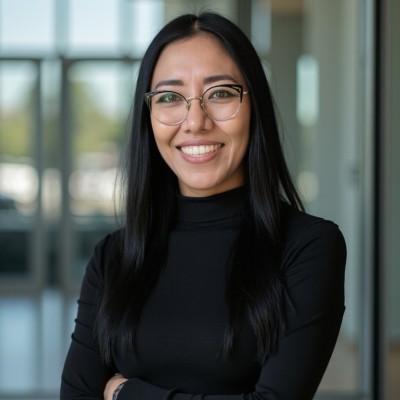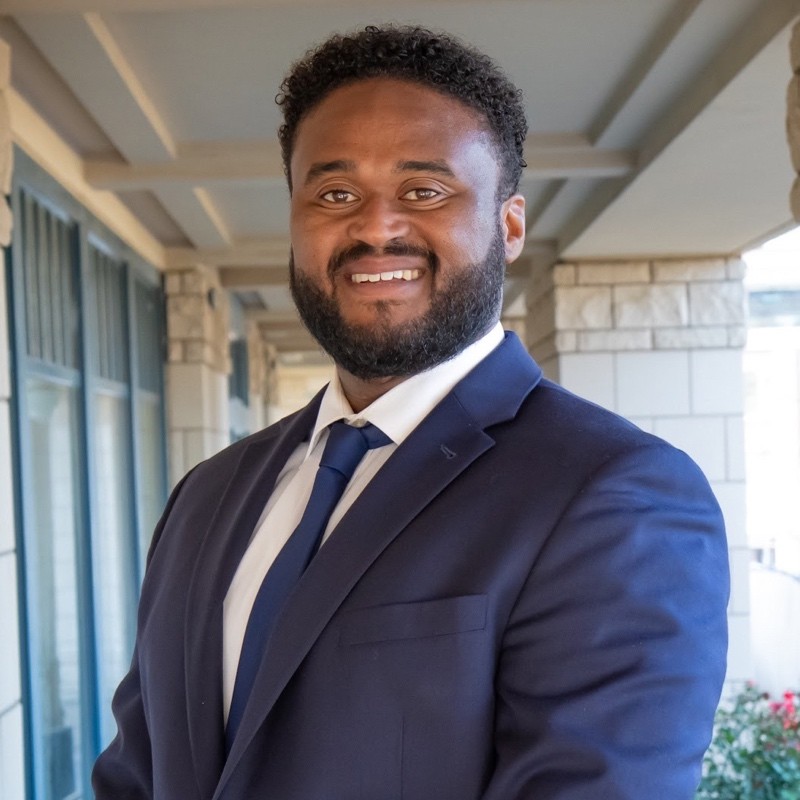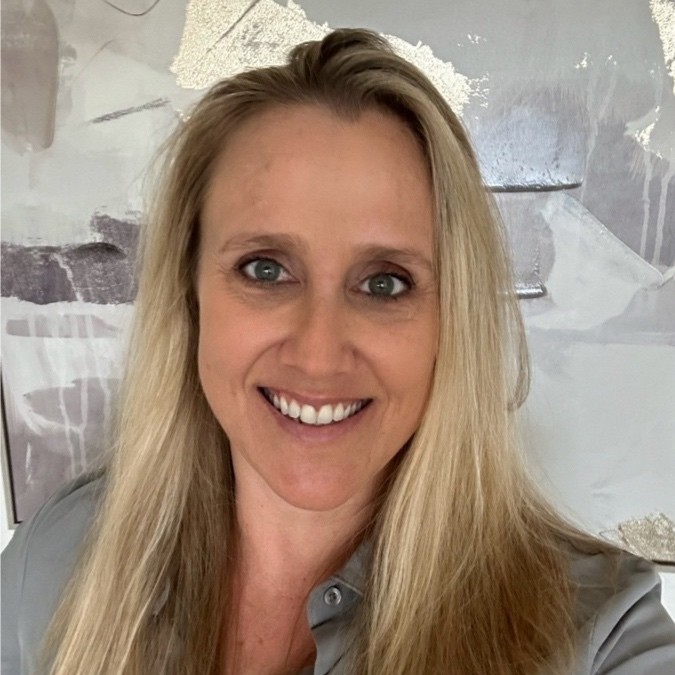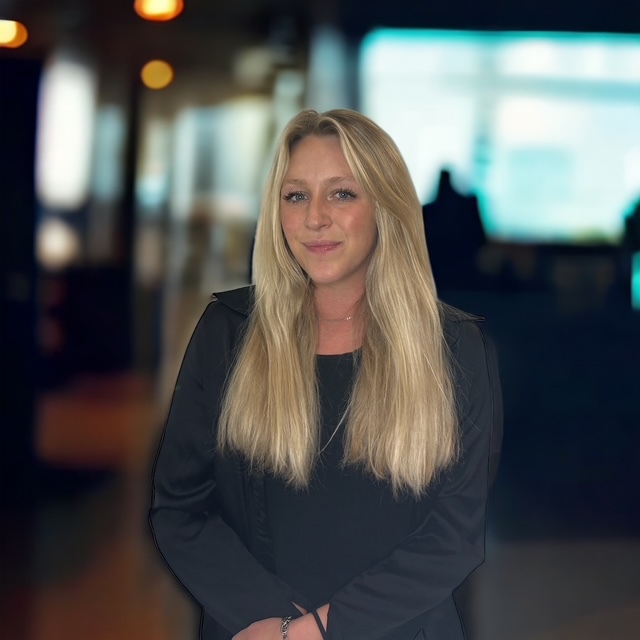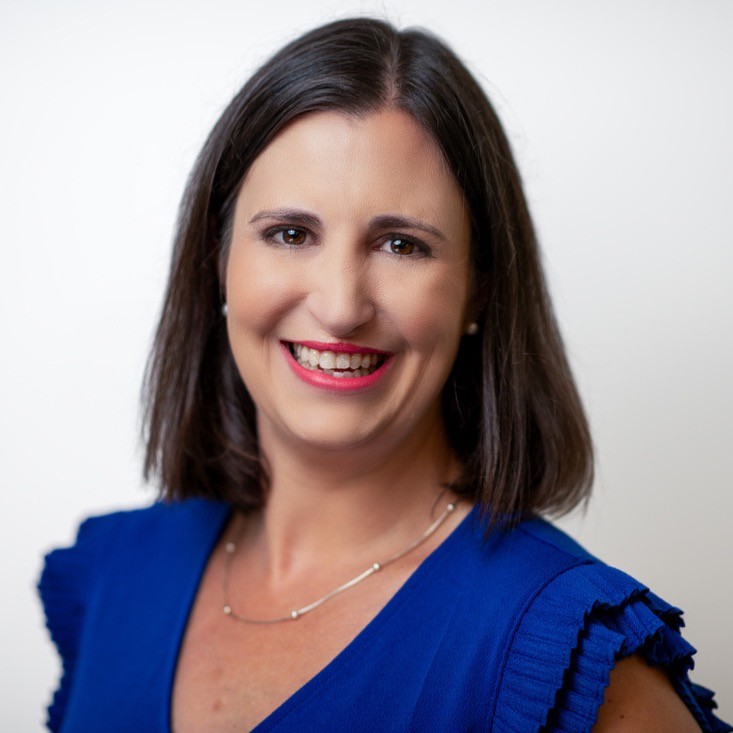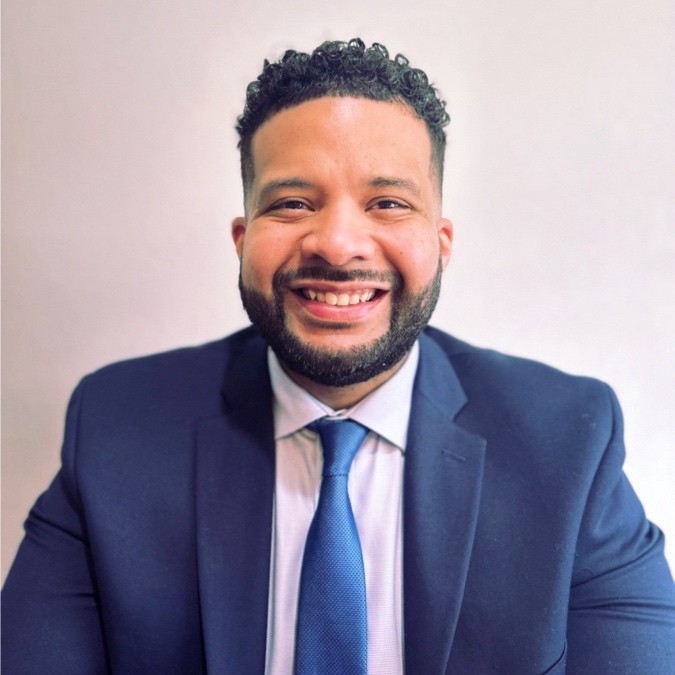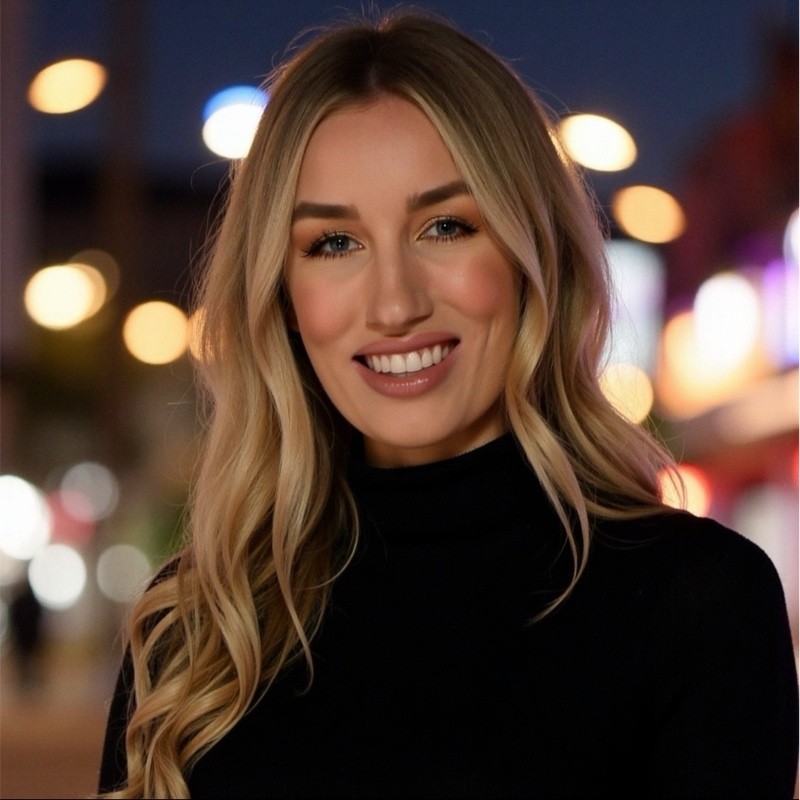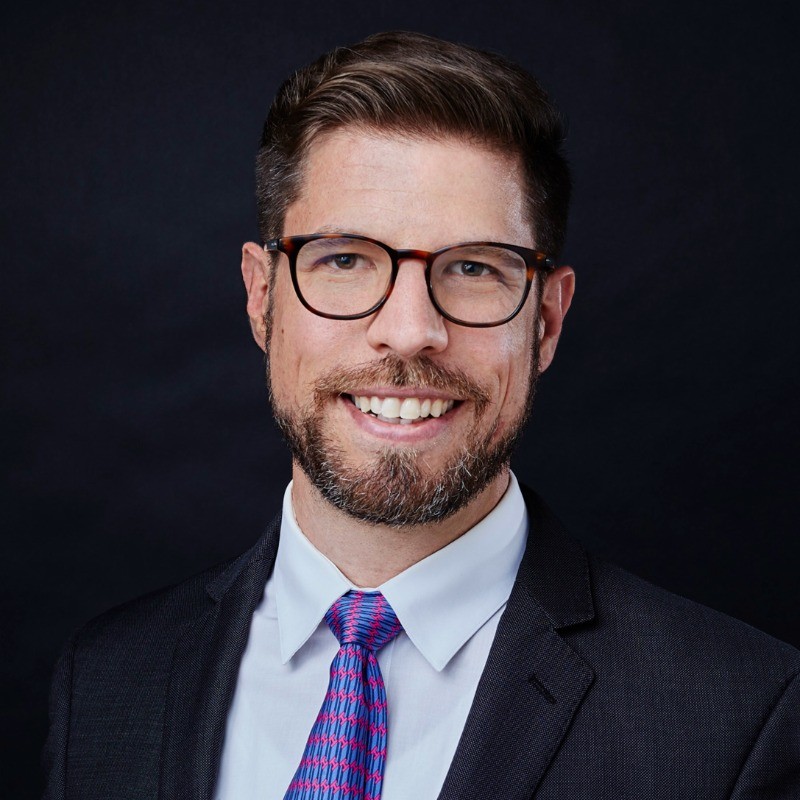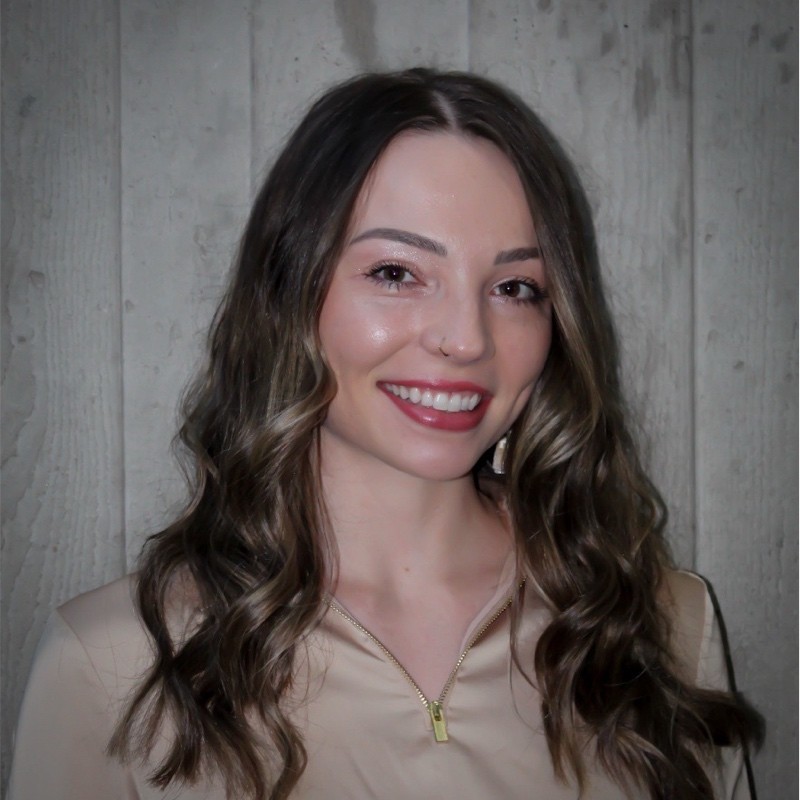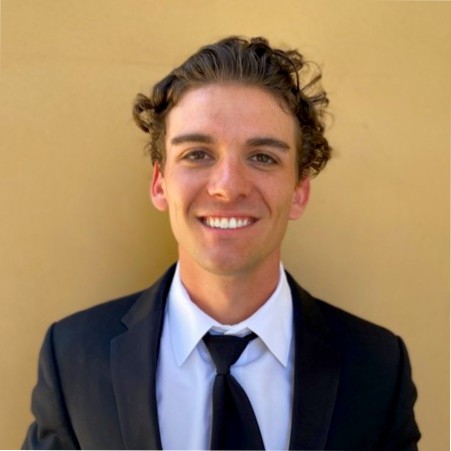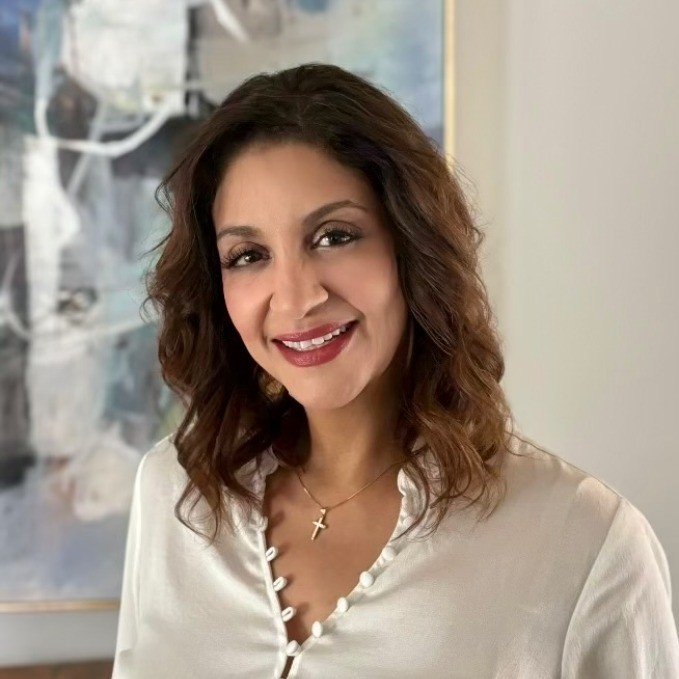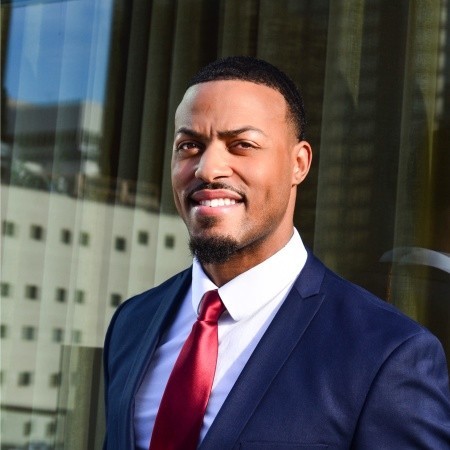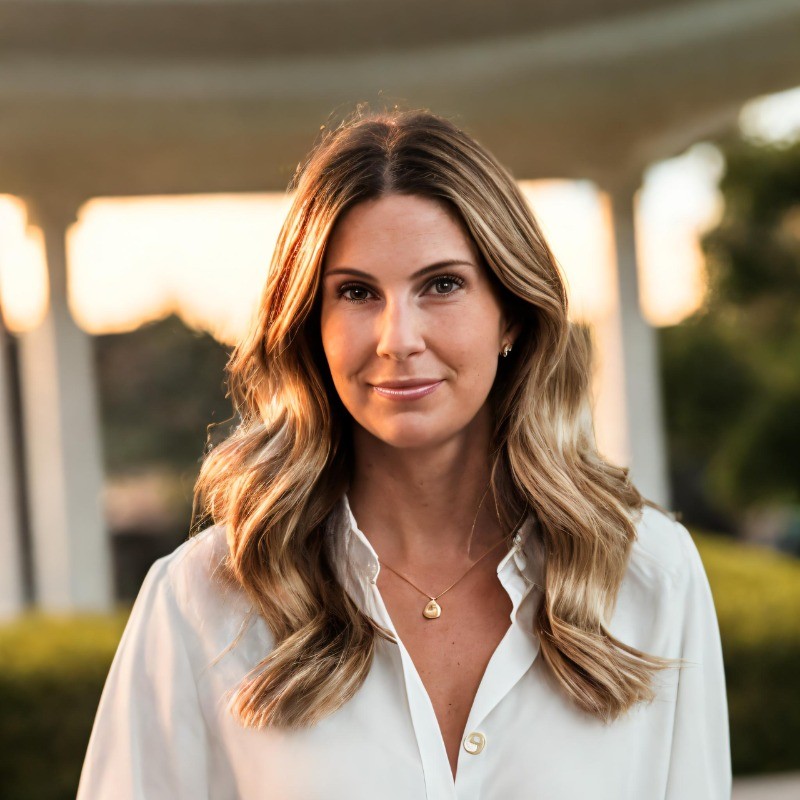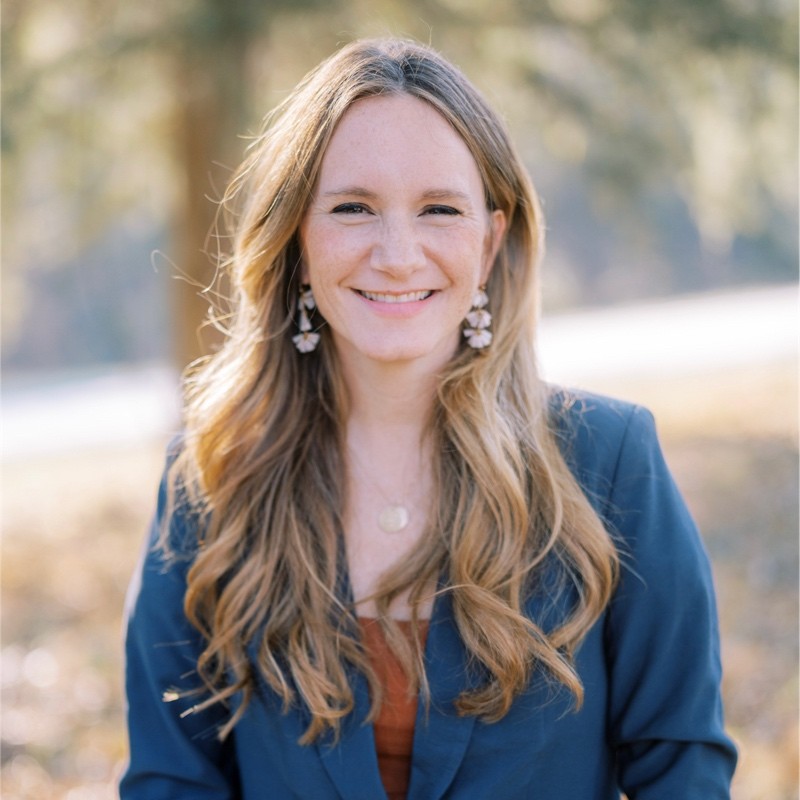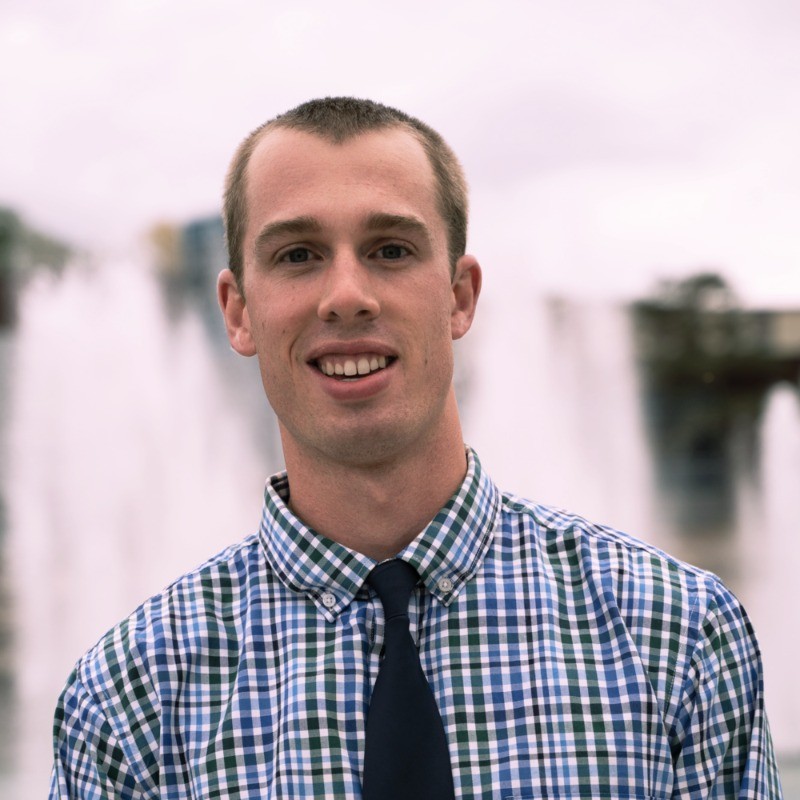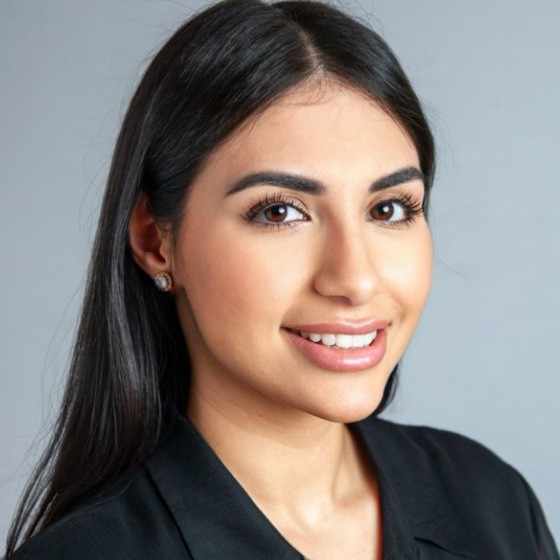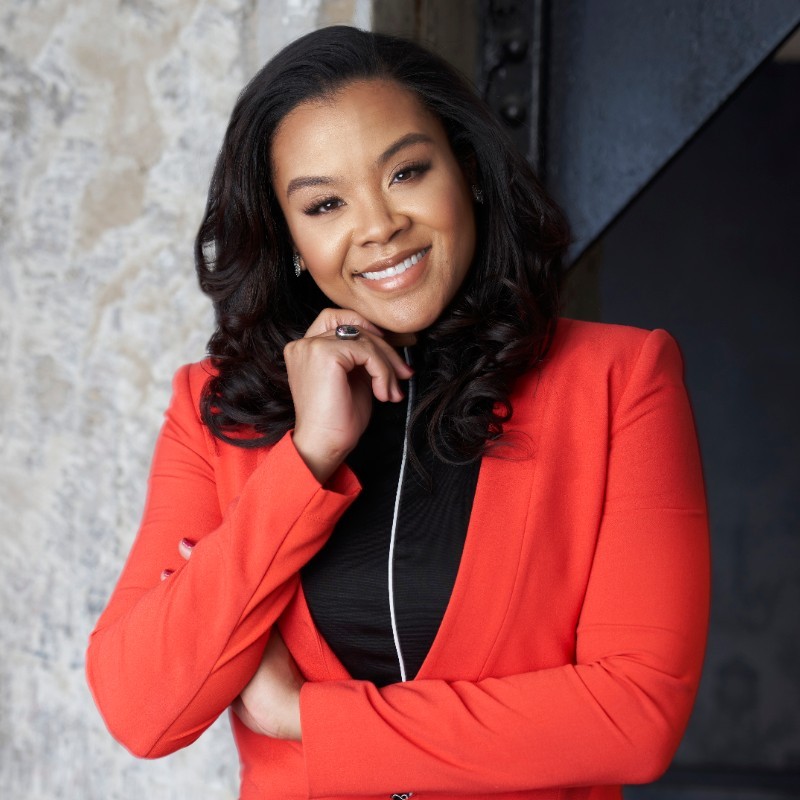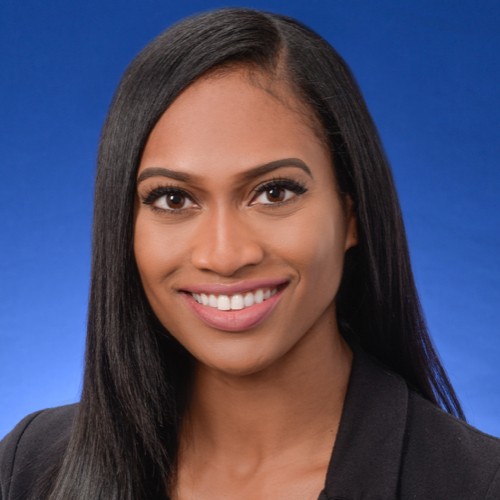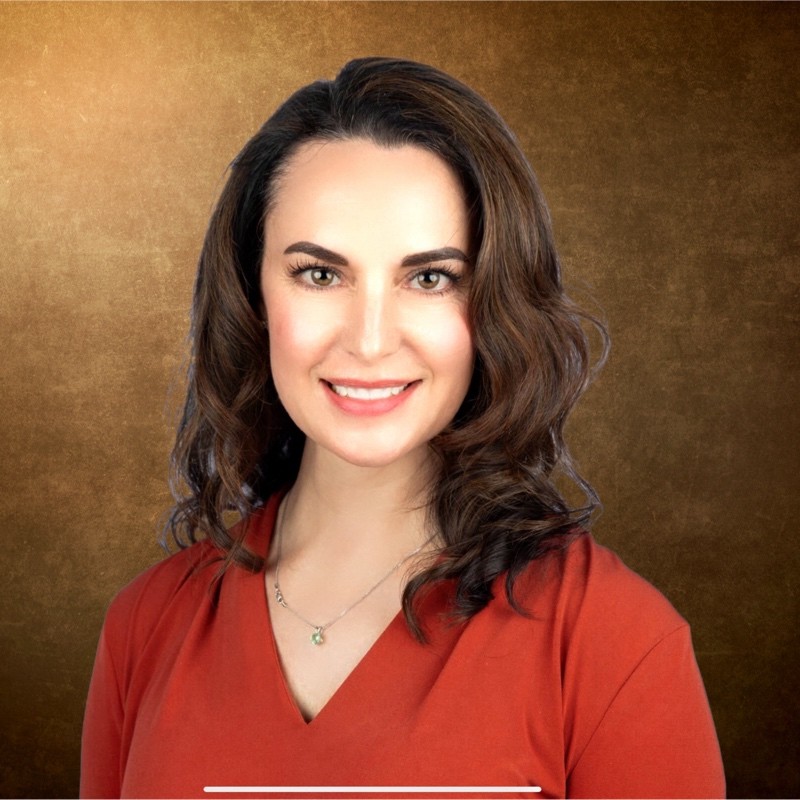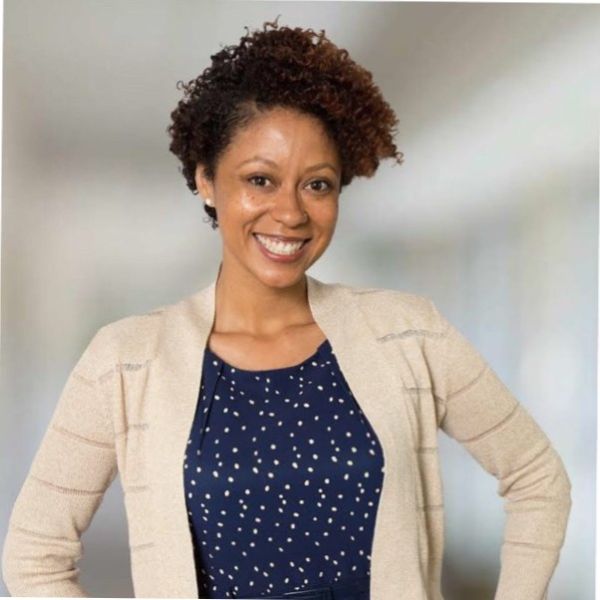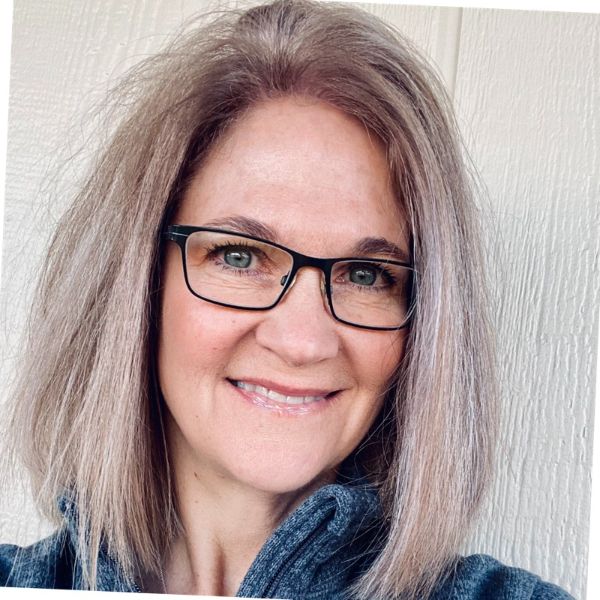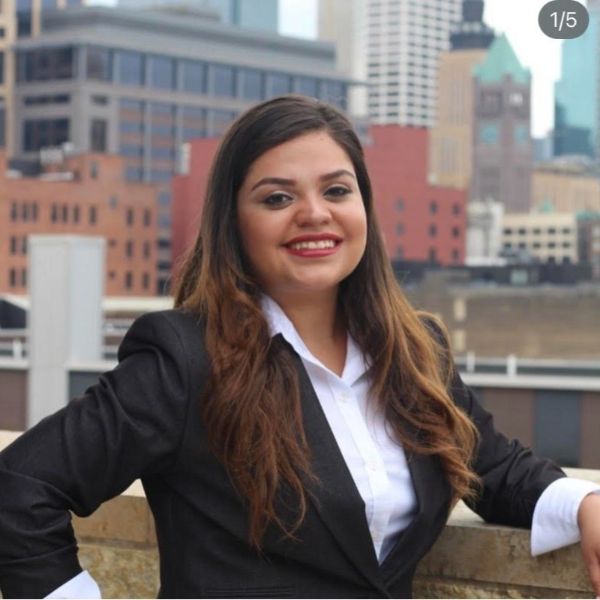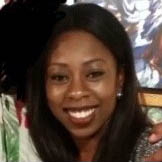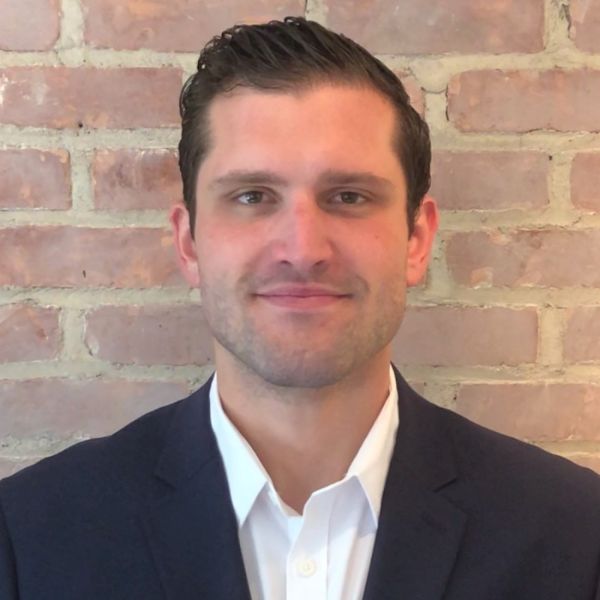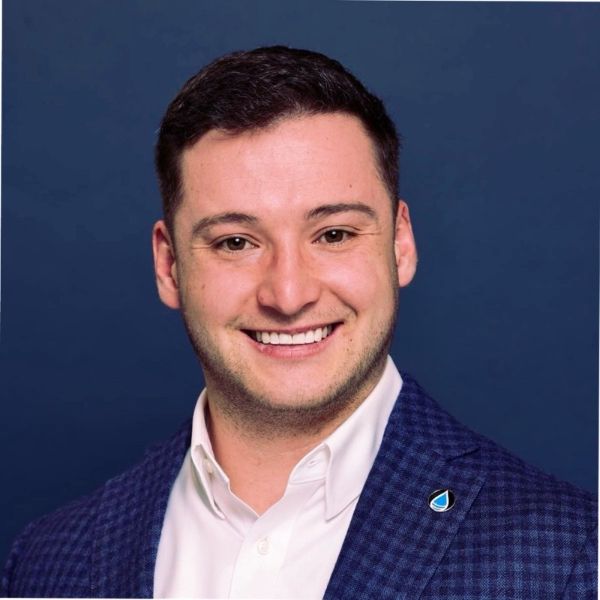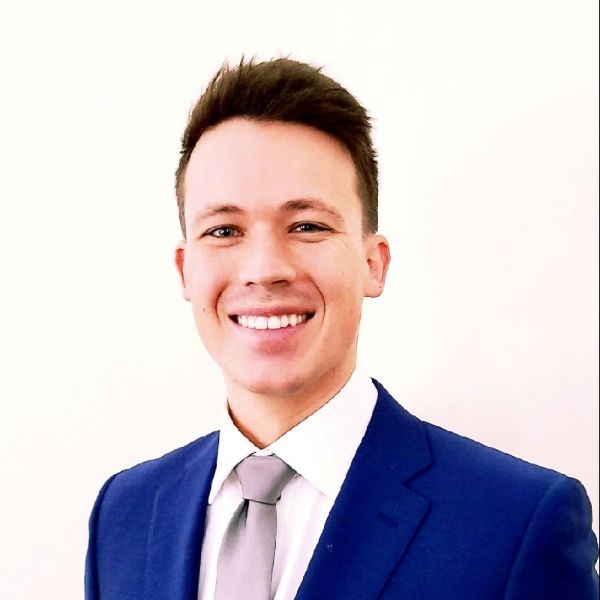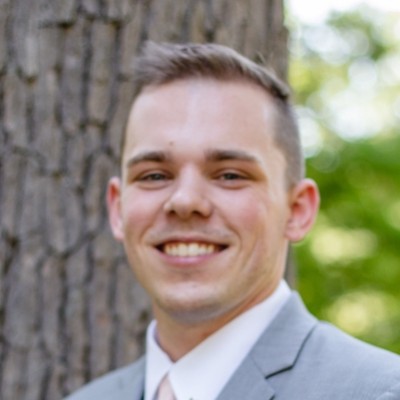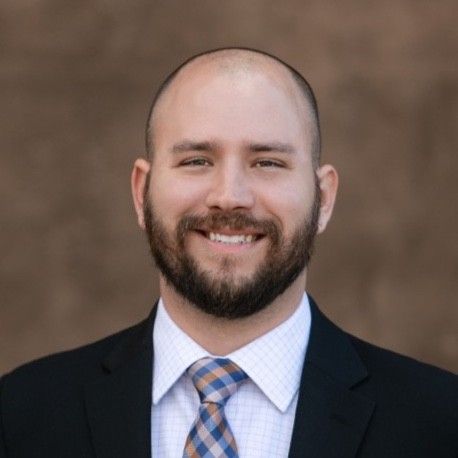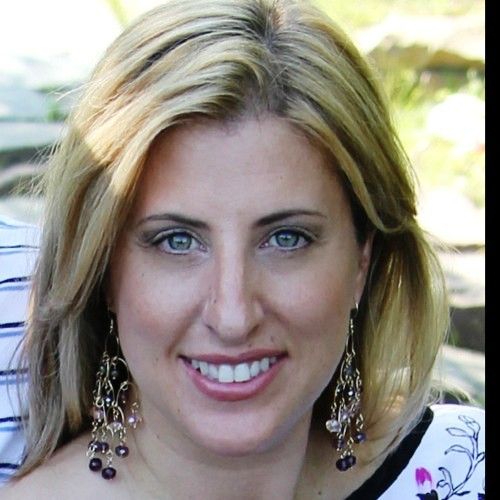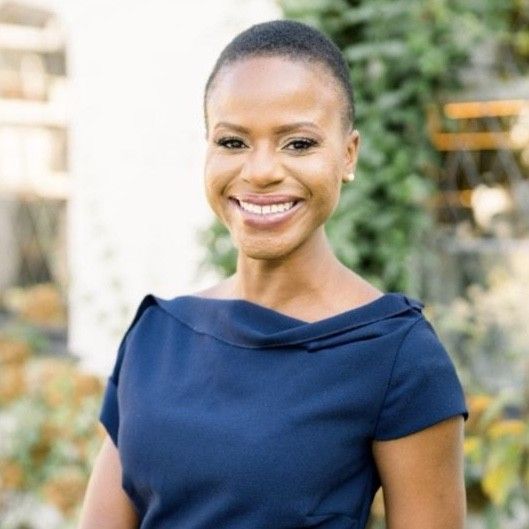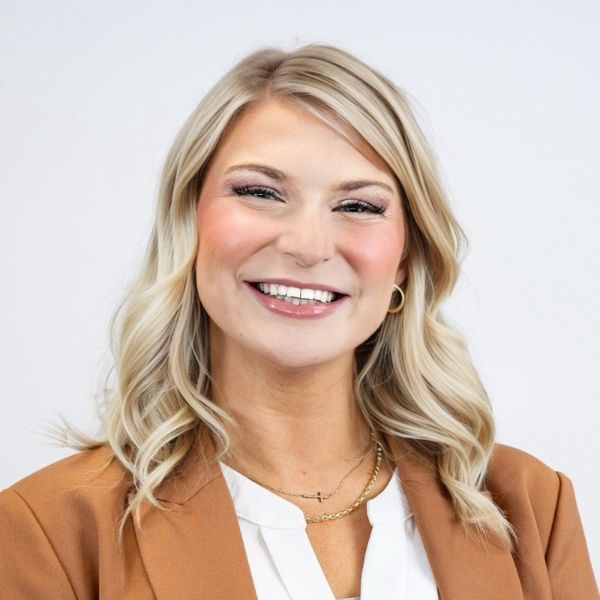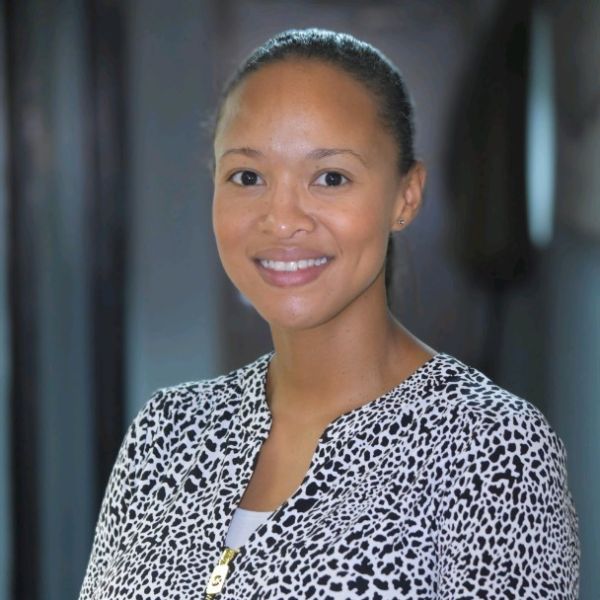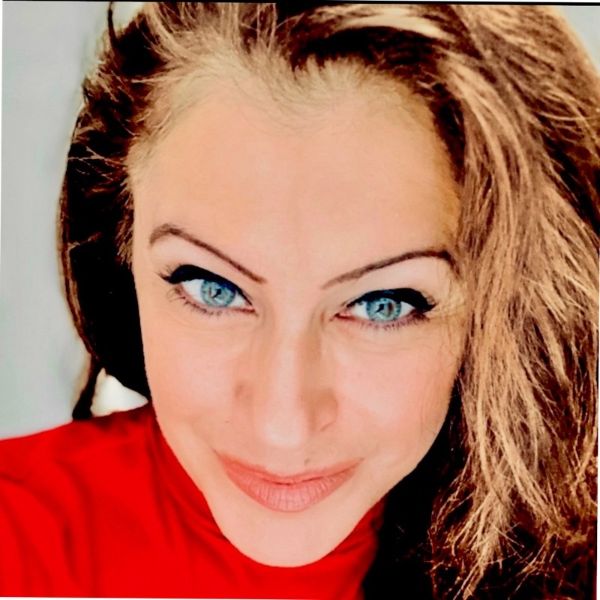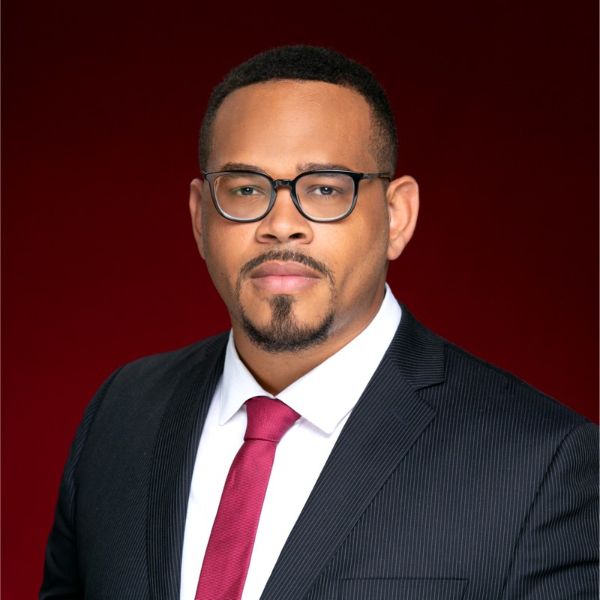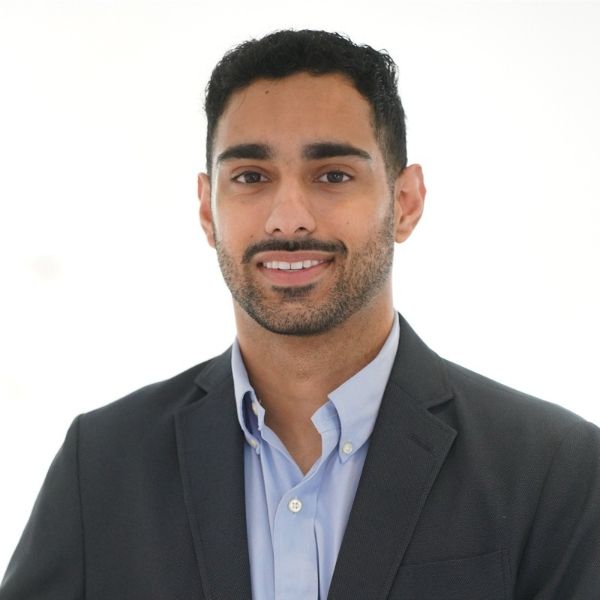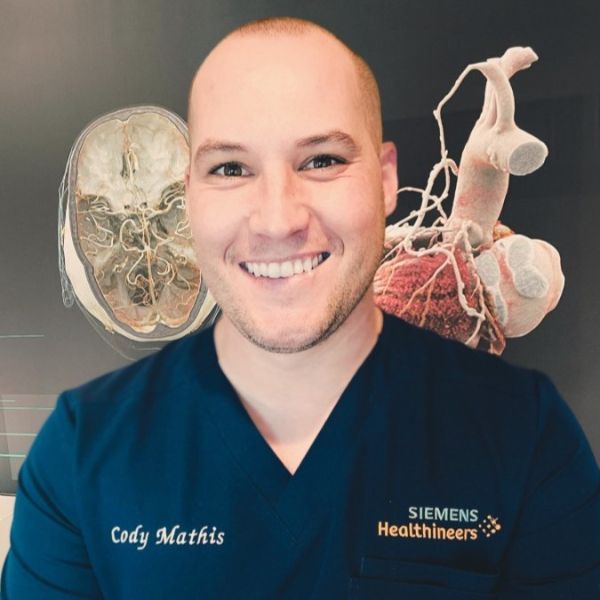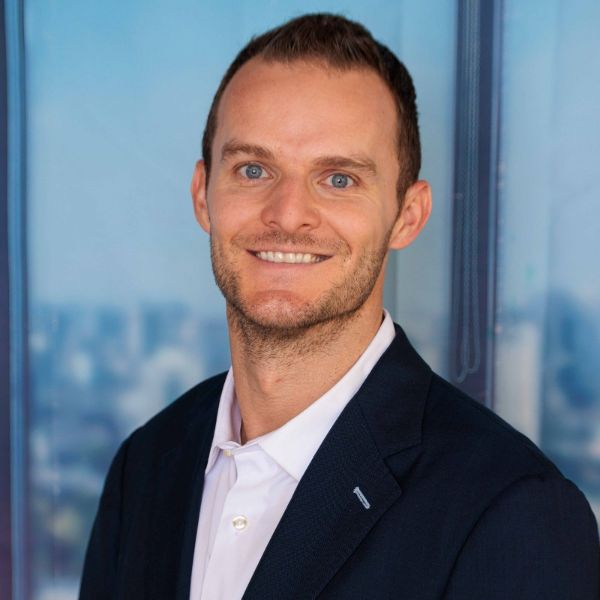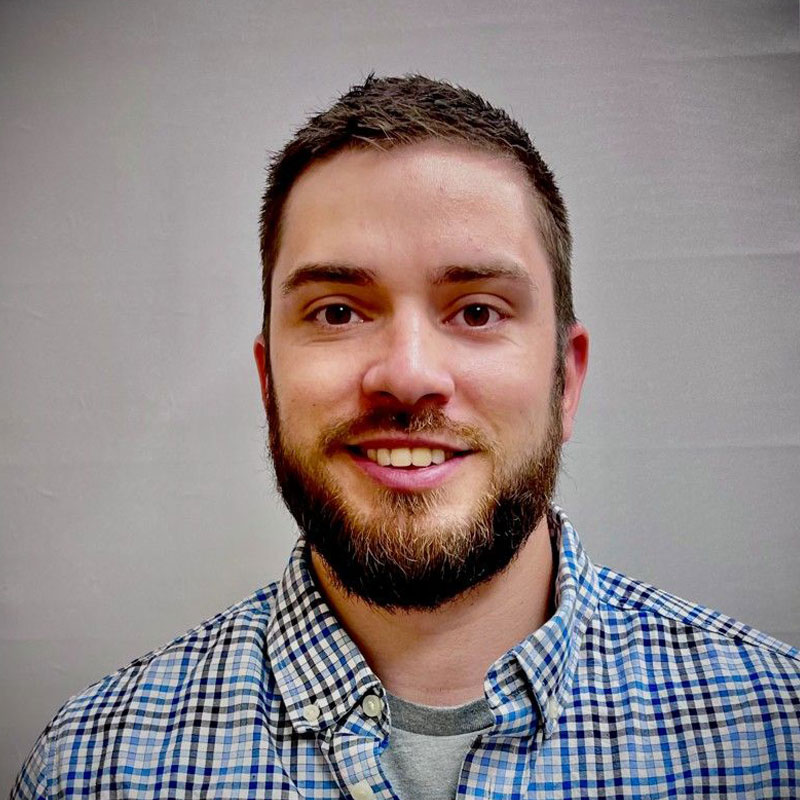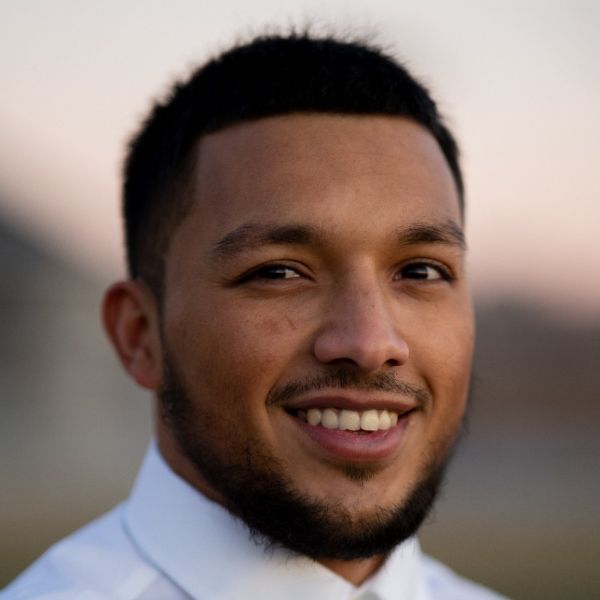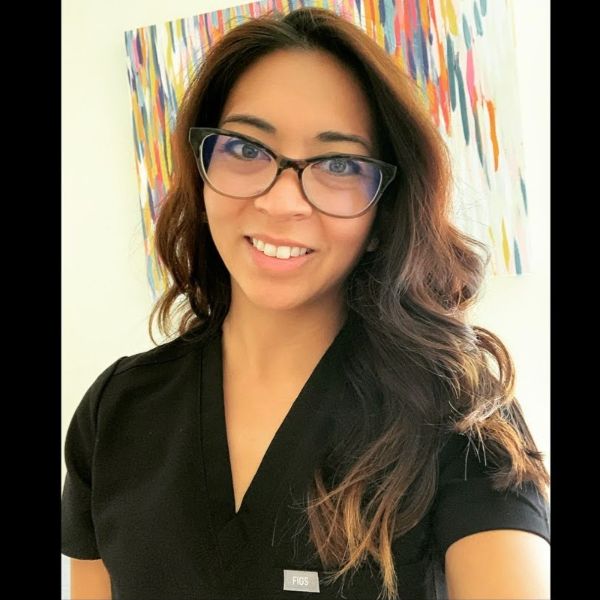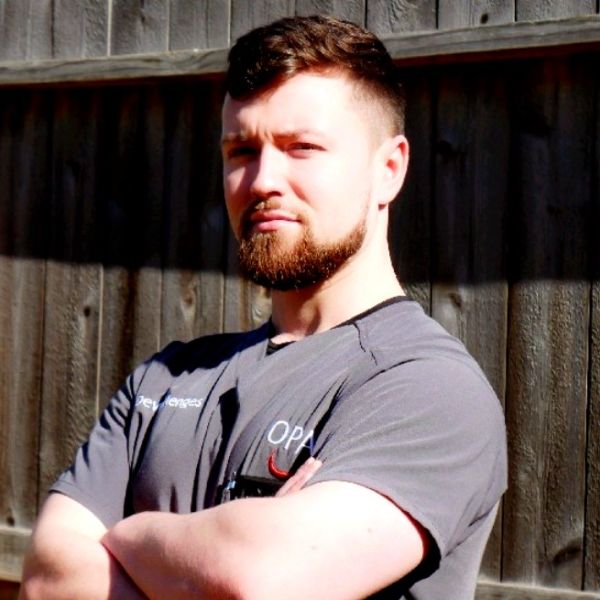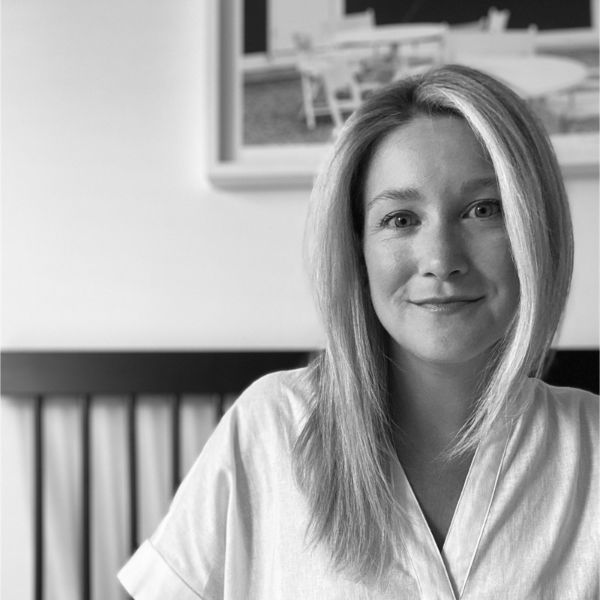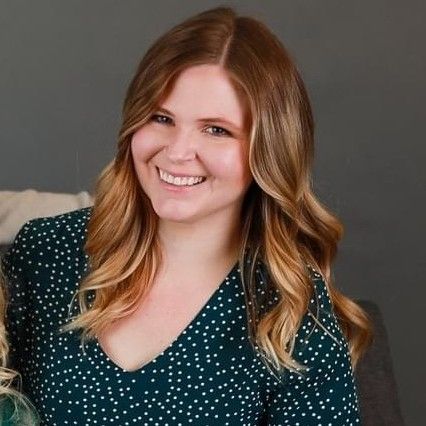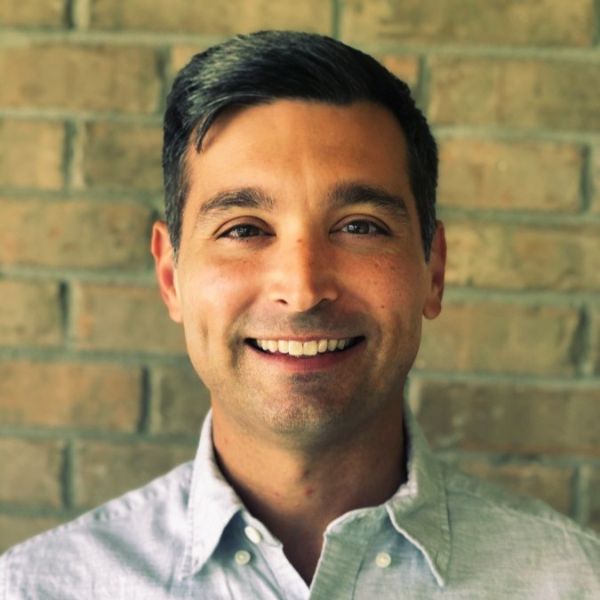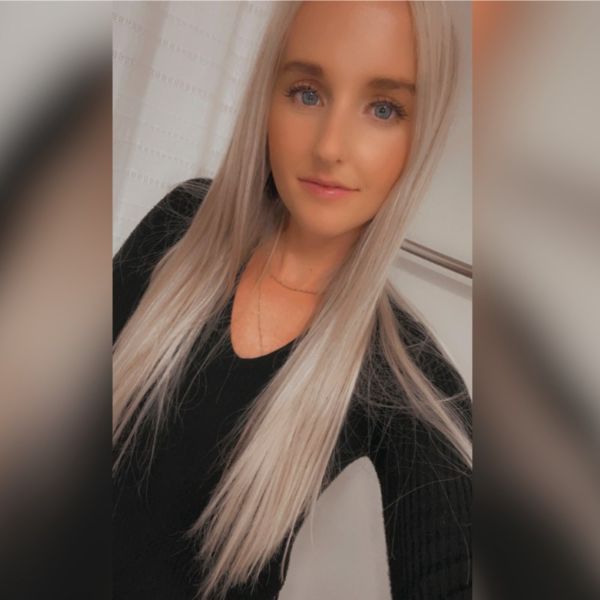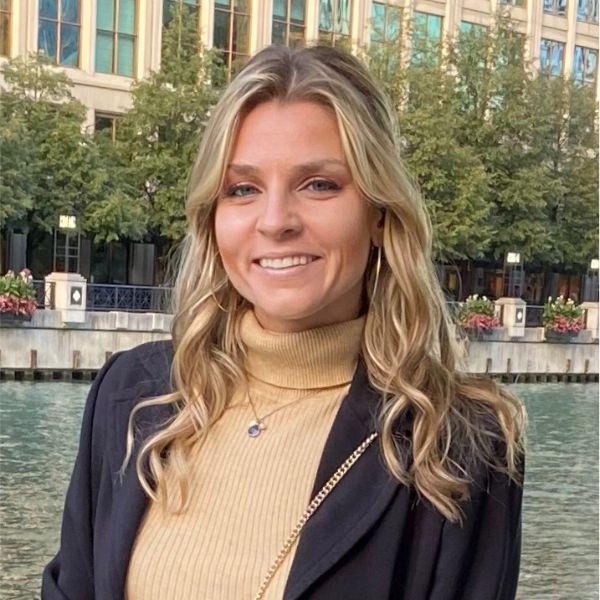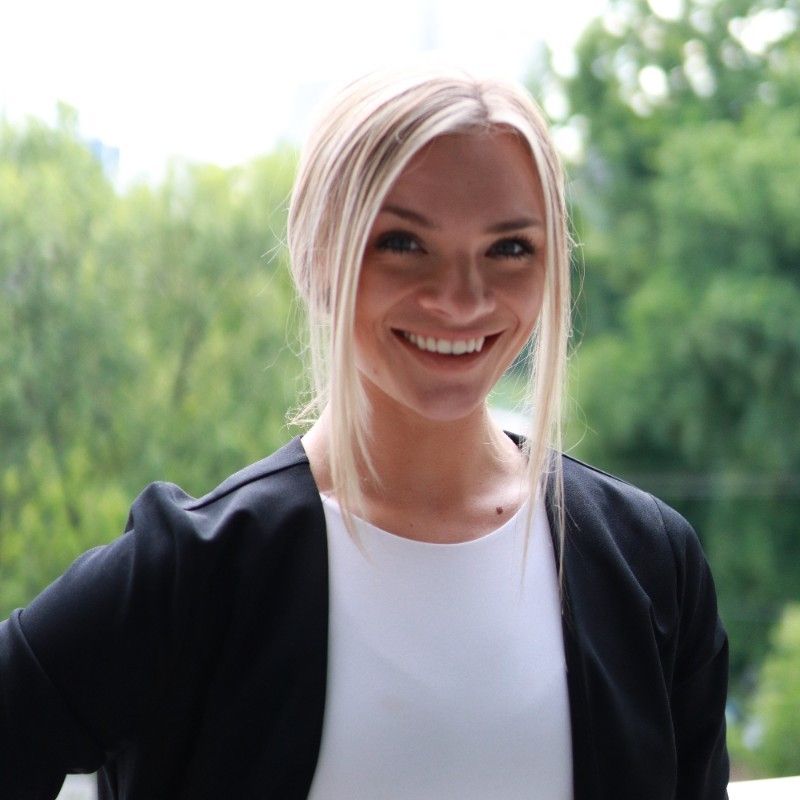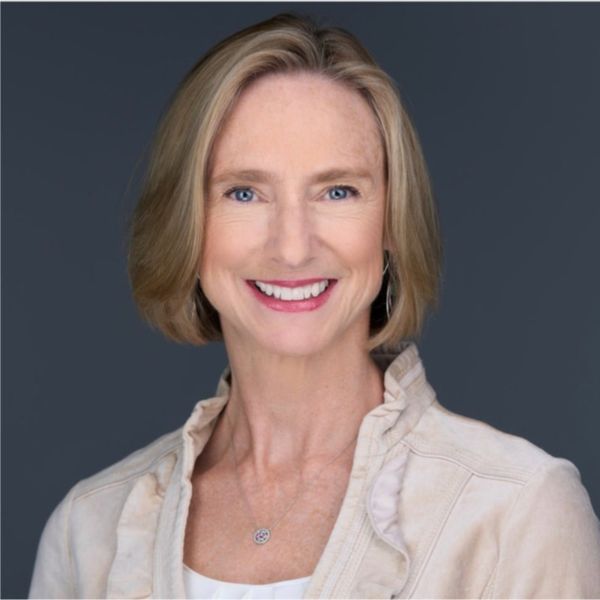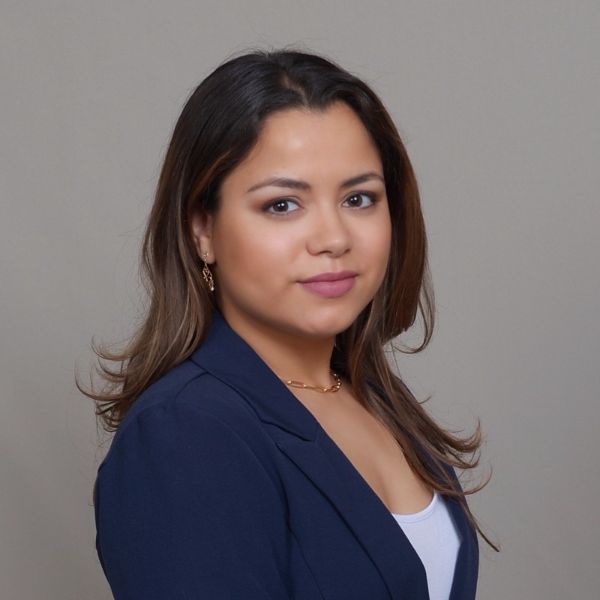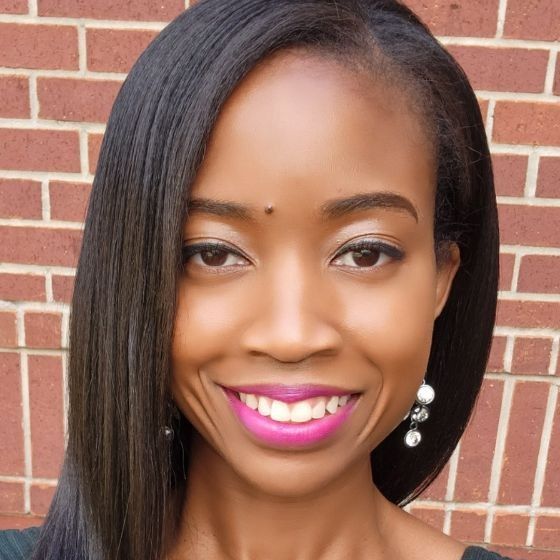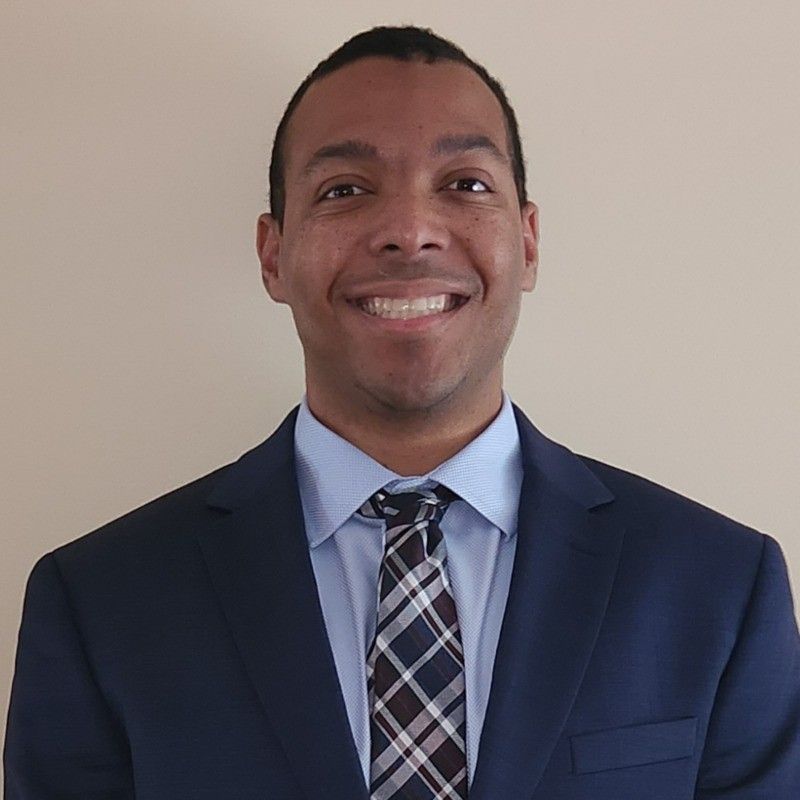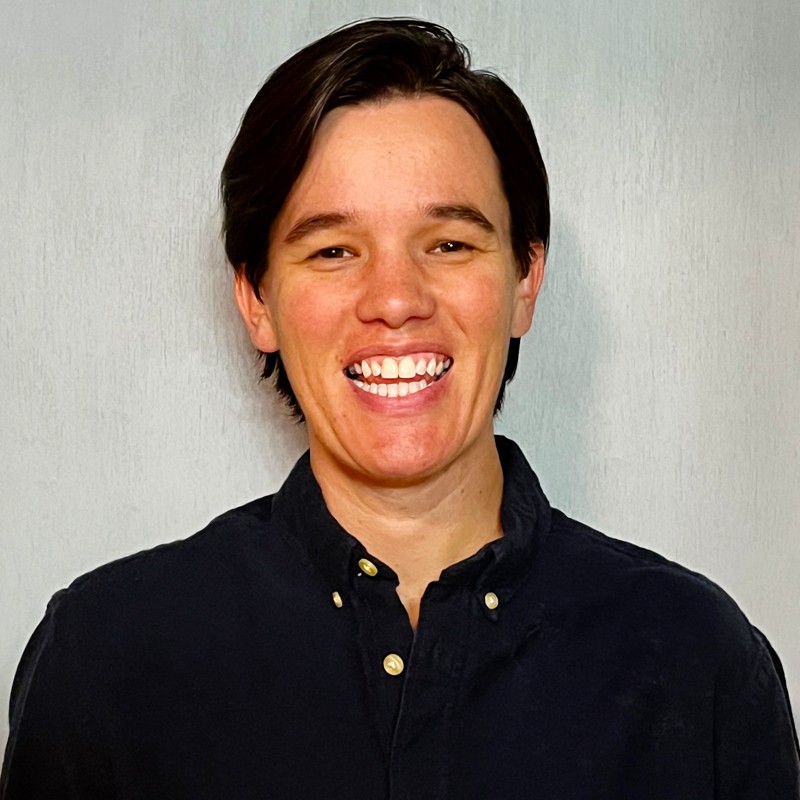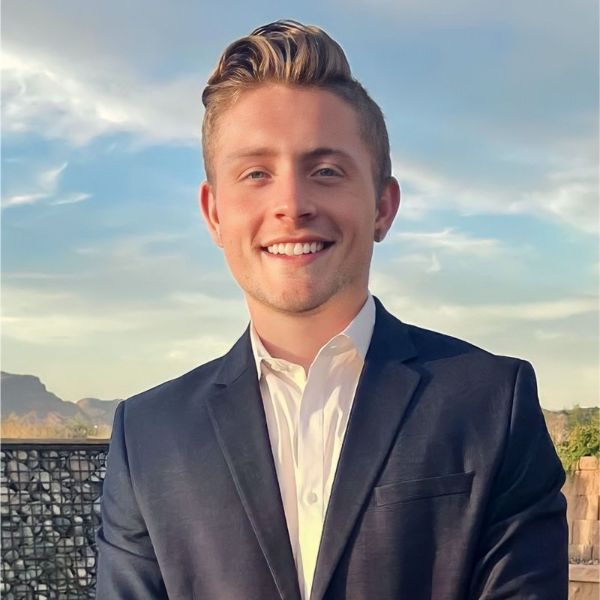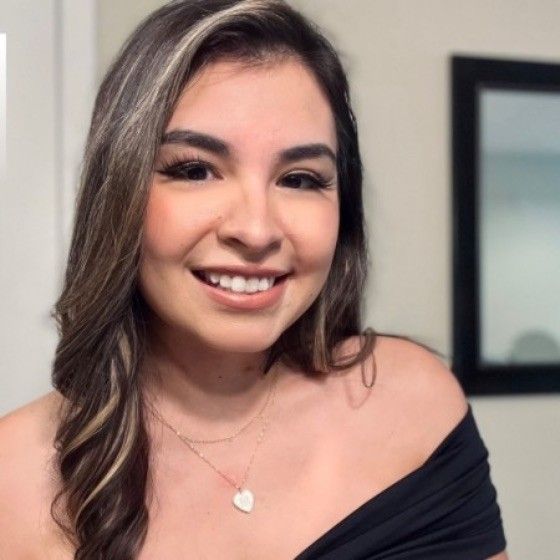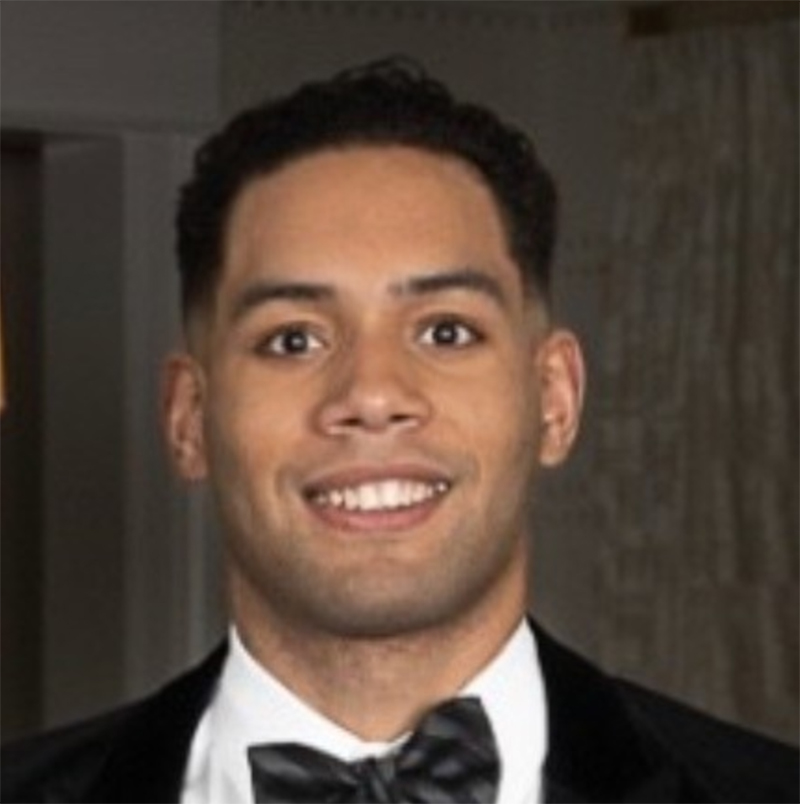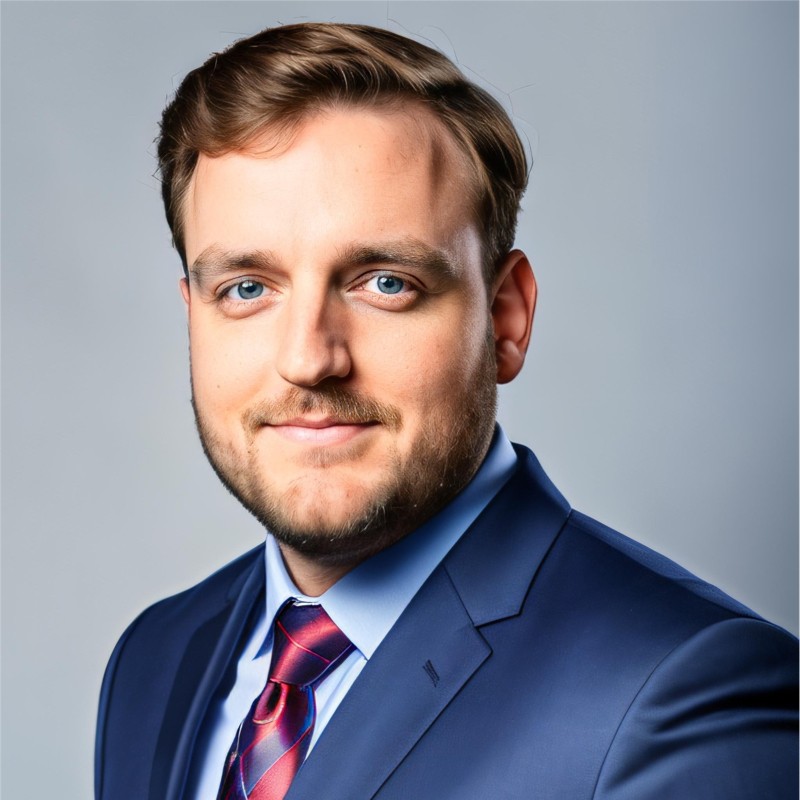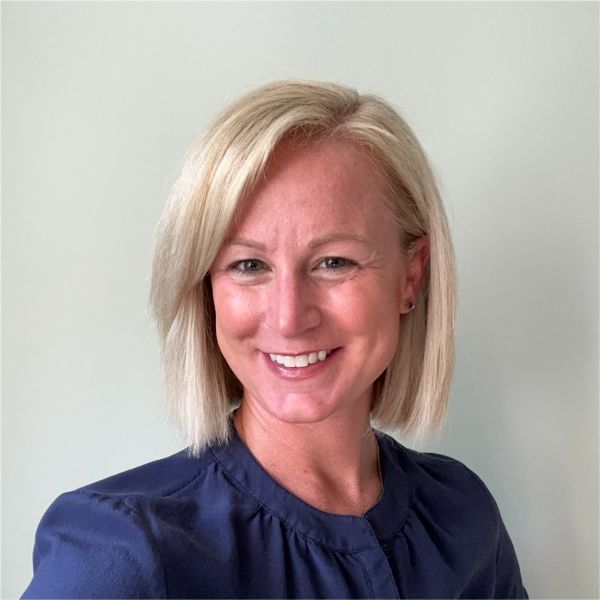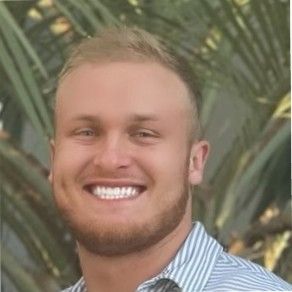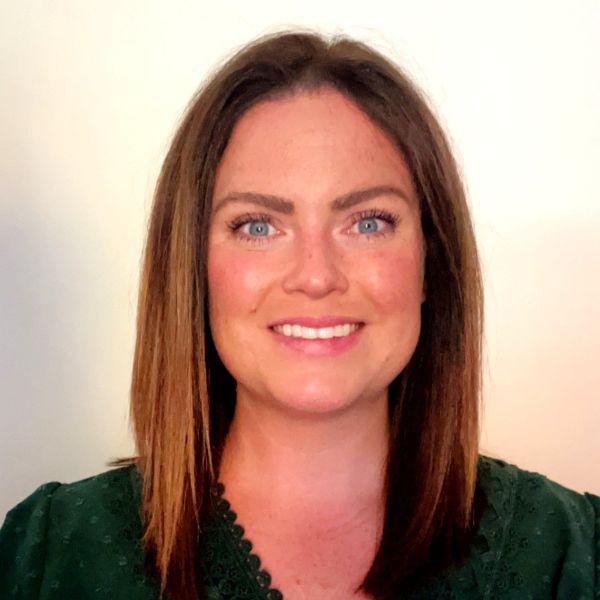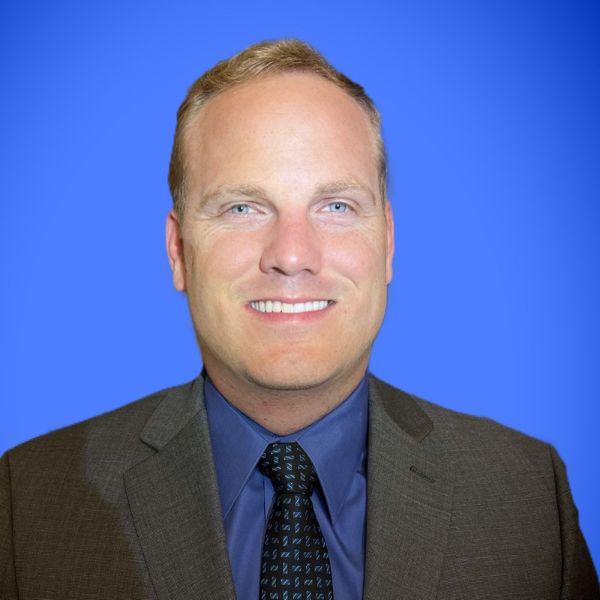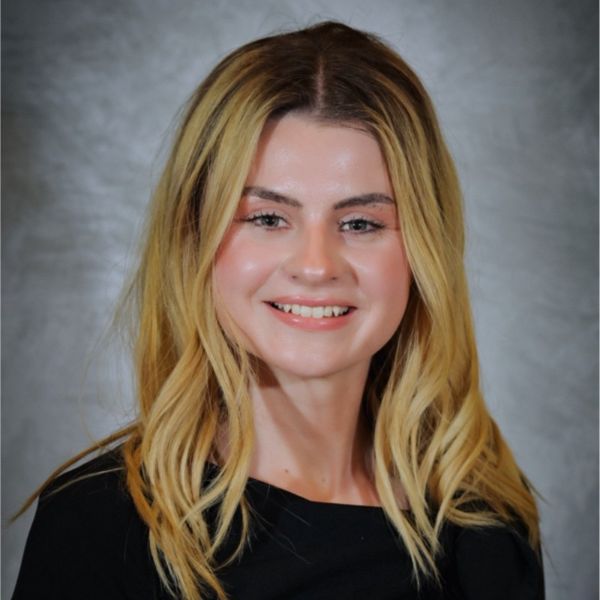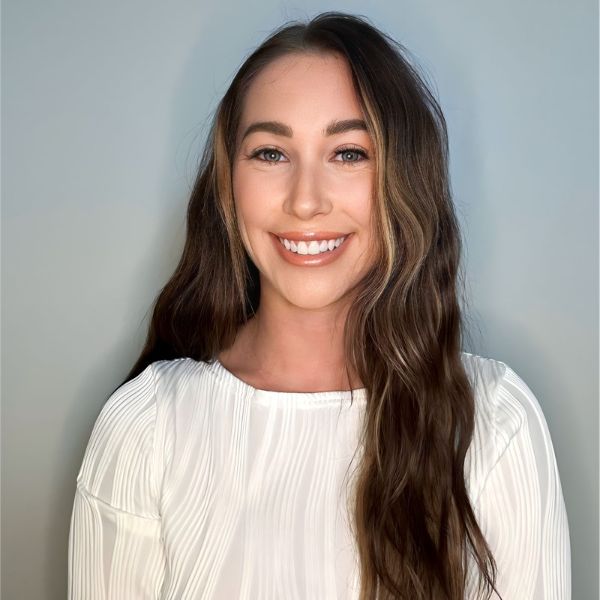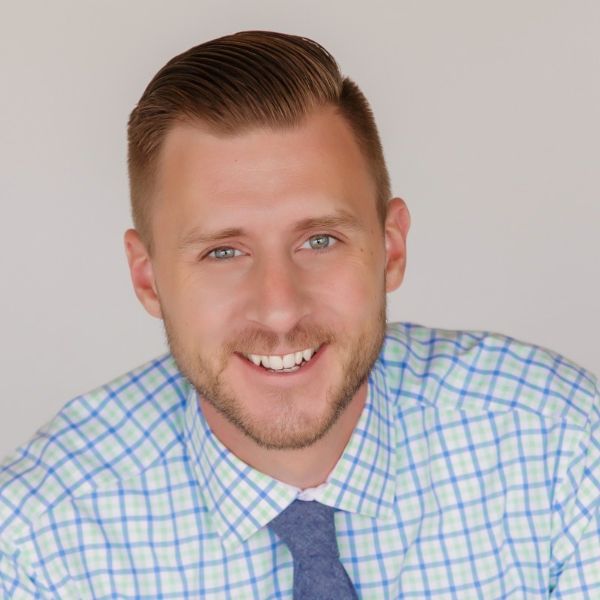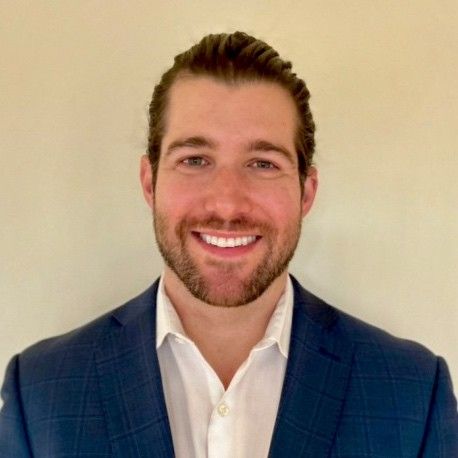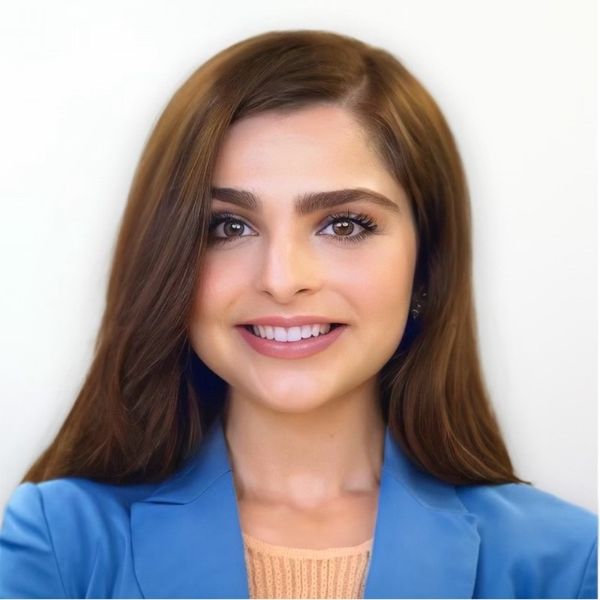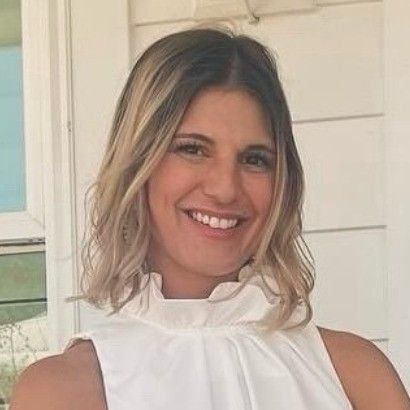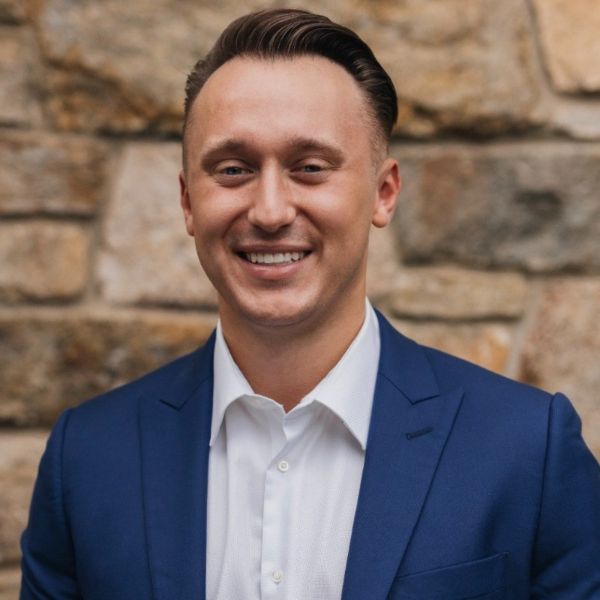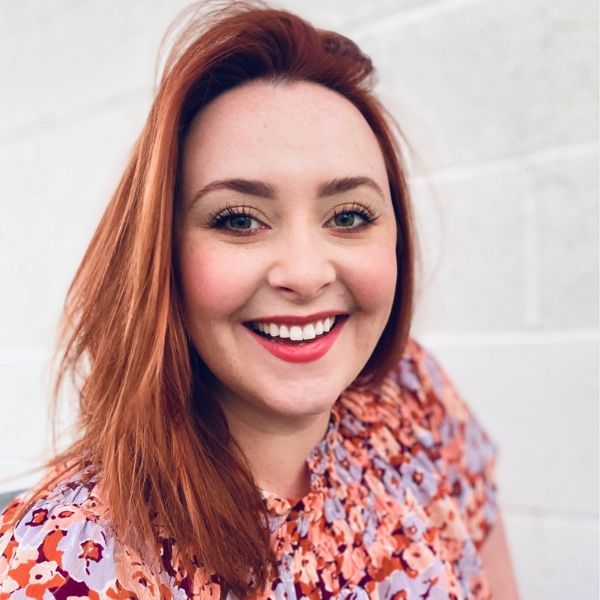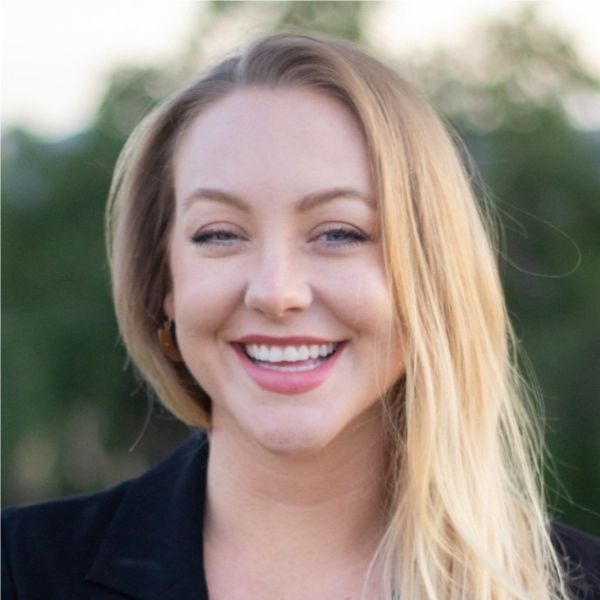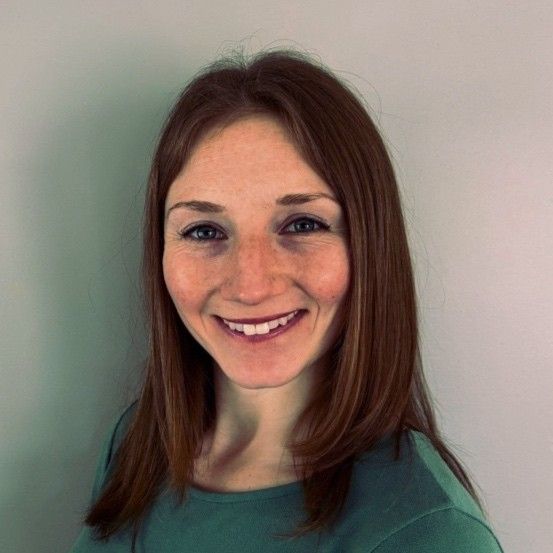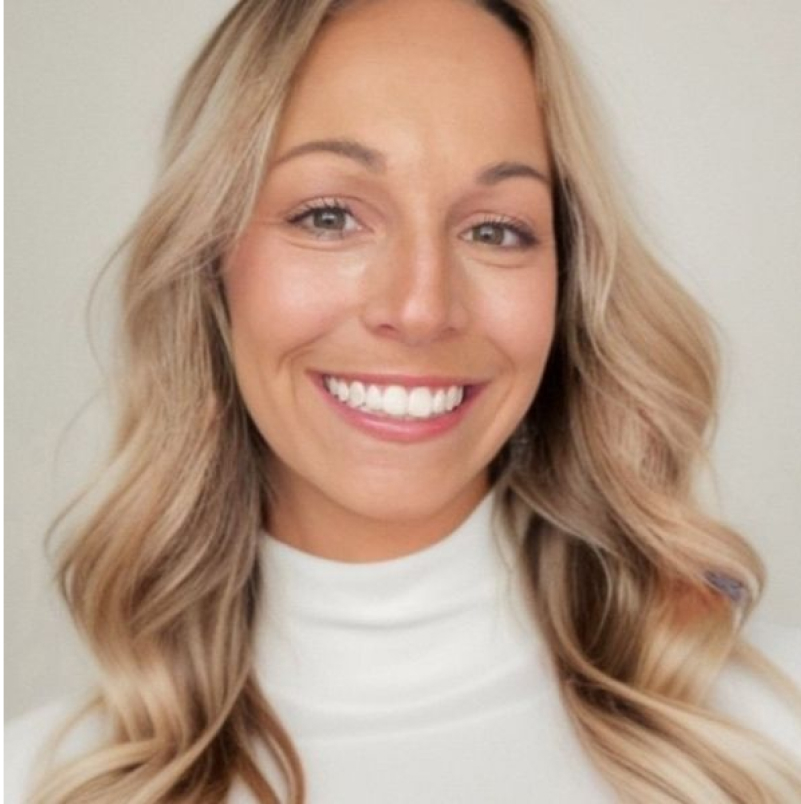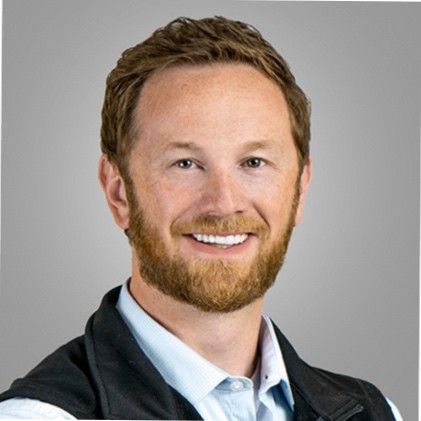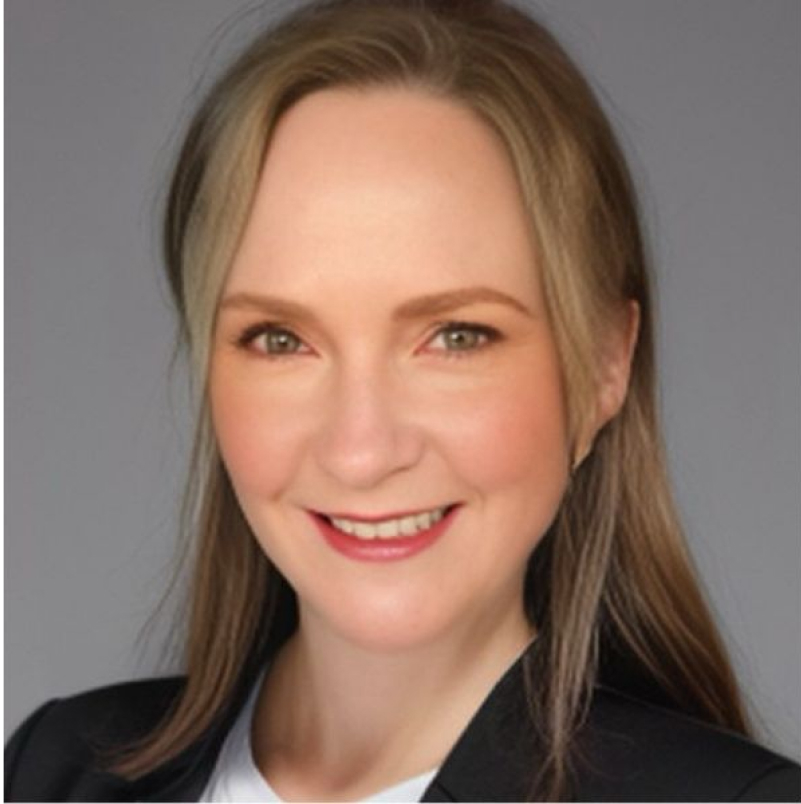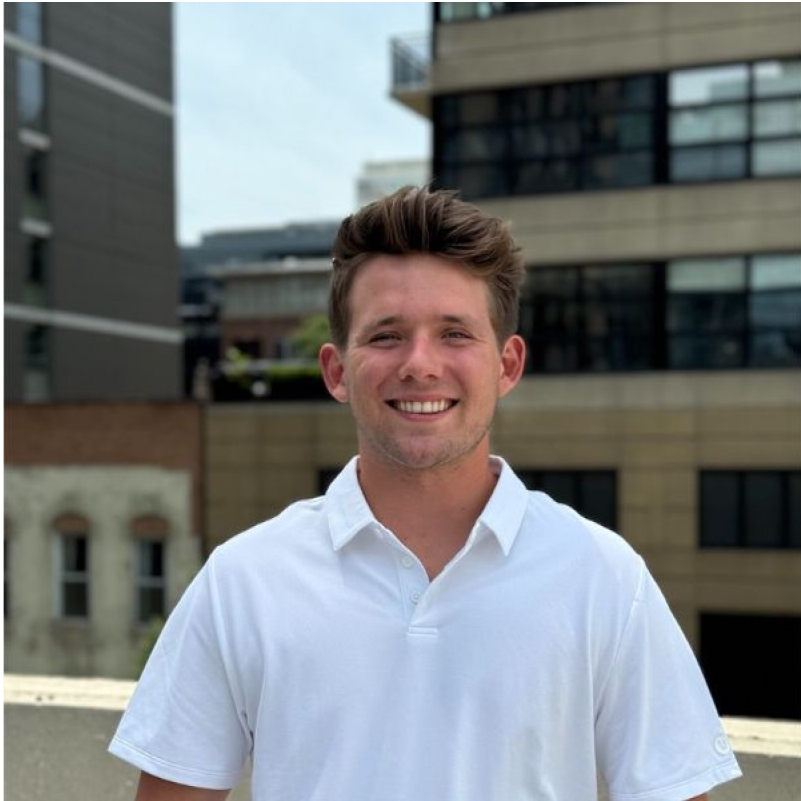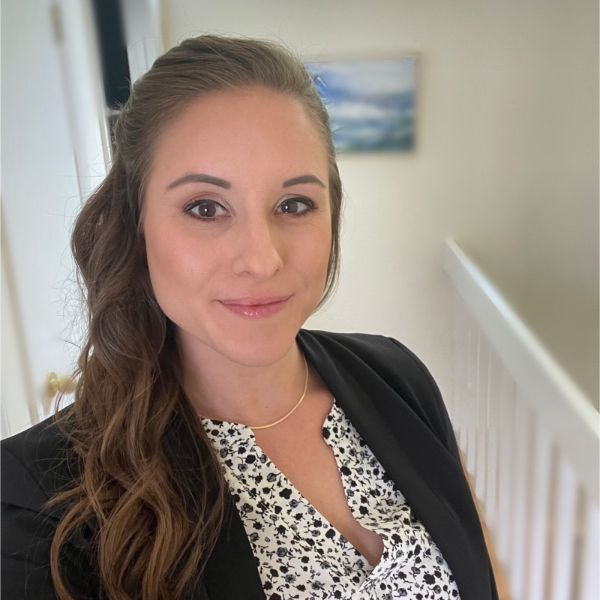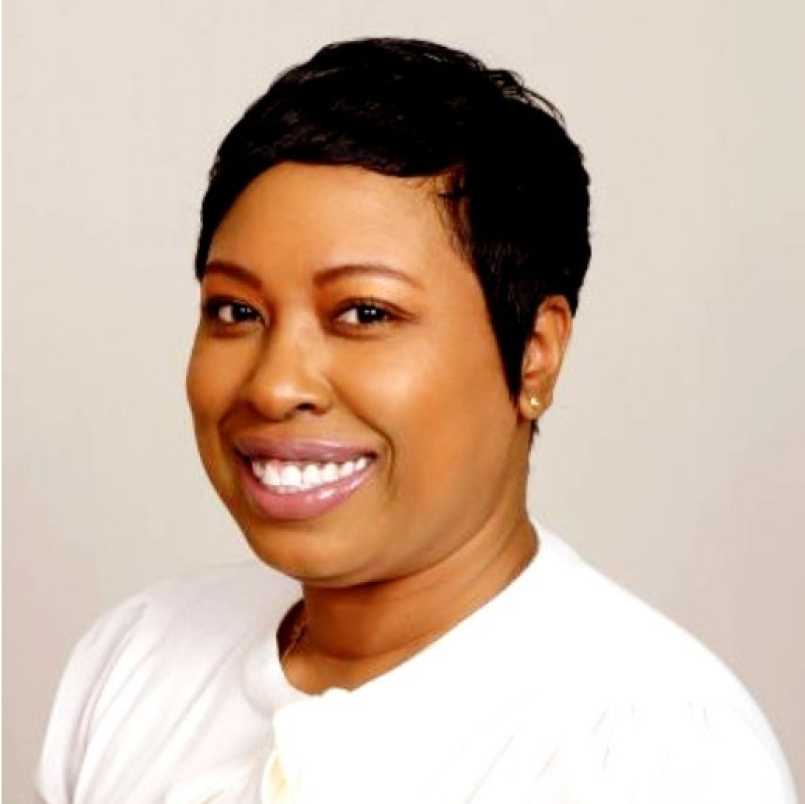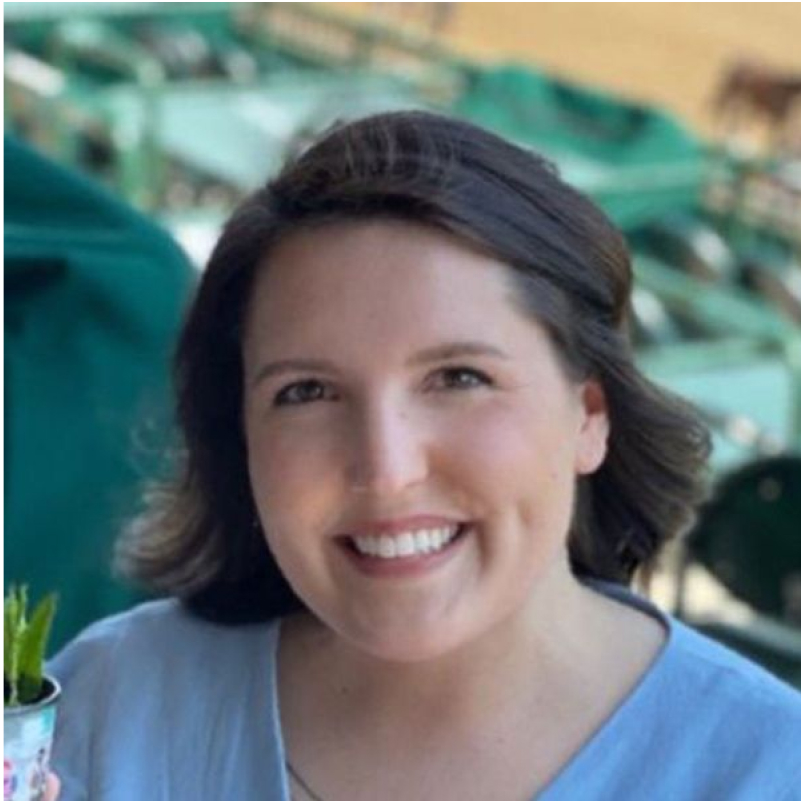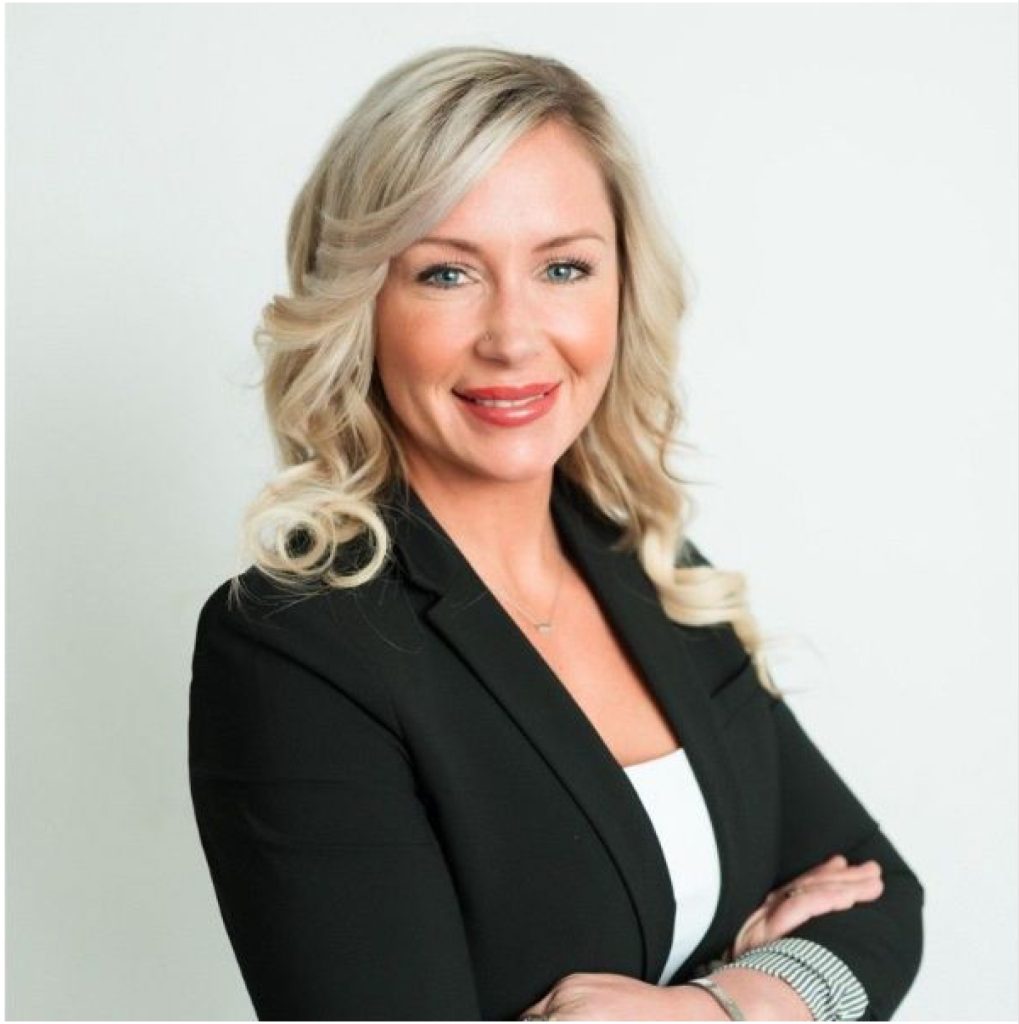Breaking Into Medical Sales: Gina Torres’s Journey from Nurse to Industry Expert
In this inspiring episode, Gina Torres, a seasoned peripheral vascular representative, shares her incredible transition from a peripheral vascular nurse to a top medical device sales expert at Shockwave. Discover how she leveraged her clinical background to drive innovation and improve patient outcomes, particularly in preventing amputations for those with peripheral arterial disease.
Gina dives deep into the transformative power of intravascular lithotripsy technology and the critical role medical sales professionals play in advancing treatment solutions. She also sheds light on the evolving responsibilities of clinical specialists, balancing in-depth product knowledge with the art of sales.
If you’re considering a career in medical sales, Gina offers invaluable advice on how individuals from non-clinical backgrounds, such as marketing professionals, can successfully break into the industry. She also opens up about the challenges of balancing a demanding career with family life, sharing practical strategies for success.
From launching Nurse Elevator to help nurses and techs transition into medical sales to her go-to book recommendation, Influence by Robert Cialdini, Gina’s insights are packed with actionable takeaways. And, of course, we wrap up with a fun lightning round, including her must-try meal at Pecan Lodge in Dallas.
Whether you’re a healthcare professional, an aspiring medical sales rep, or simply curious about this dynamic field, this episode is packed with motivation, industry knowledge, and career-changing insights!
Meet Gina:
Gina is a former ICU and Interventional Radiology nurse who successfully transitioned into the medical device industry, where she is now an executive sales representative and a recognized expert in peripheral vascular interventions. Despite having no formal sales training, her deep clinical expertise and firsthand understanding of patient care have propelled her to excel in the field.
She began her industry journey as a Clinical Support Specialist, where she quickly mastered the sales process with the guidance of exceptional mentors. Her ability to bridge the gap between clinical knowledge and sales strategy led her to secure a sales role, where she has since earned back-to-back President’s Club awards.
Passionate about helping other healthcare professionals leverage their skills beyond the bedside, Gina founded **Nurse Elevator**—a platform dedicated to guiding nurses, techs, and other clinicians into medical device sales and related non-hospital careers. She firmly believes clinicians bring unmatched value to the industry due to their deep understanding of patients and treatment algorithms. Through Nurse Elevator, Gina is on a mission to create a supportive and educational community that empowers healthcare professionals to confidently explore new opportunities.
Connect with Gina: LinkedIn
Connect with me: LinkedIn
Love the show? Subscribe, rate, review, and share! Here’s How »
The views and opinions Gina expressed are her own and not a reflection of Shockwave Medical or Johnson and Johnson MedTech.
Want to connect with past guests and access exclusive Q&As? Join our EYS Skool Community today!
Watch the episode here:
Or Listen to it on your favorite platform:
Episode Transcript:
00:07 – Samuel Adeyinka (Host)
Hello and welcome to the Medical Sales Podcast. I’m your host, samuel, founder of a revolutionary medical sales training and mentorship program called the Medical Sales Career Builder, and I’m also host of the Medical Sales Podcast. In this podcast, I interview top medical sales reps and leading medical sales executives across the entire world. It doesn’t matter what medical sales industry from medical device to pharmaceutical, to genetic testing and diagnostic lab you name it. You will learn how to either break into the industry, be a top 10% performer within your role or climb the corporate ladder. Welcome to the Medical Sales Podcast. Climb the corporate ladder. Welcome to the Medical Sales Podcast. And remember I am a medical sales expert sharing my own opinion about this amazing industry and how it can change your life.
00:53
Hello and welcome to the Medical Sales Podcast. I’m your host, samuel, and today we have a fantastic guest and she goes by the name of Gina Torres. Now Gina is a peripheral vascular rep doing amazing things in the vascular space, but I’m not going to ruin it. This is an episode you absolutely have to listen to If you want to be in medical device sales or you’re not sure. Or maybe you’re in a different type of medical sales and you’re thinking of transferring over to medical device sales and you’ve always thought, if I was to make that kind of move, cardio is where I want to be. Then again, this is the episode you absolutely have to listen to. As always, we do our best to bring you guests who are doing things differently in the medical sales space, so I really do hope you enjoy this interview.
01:39
So Shockwave, talk to me. What do you do? What do you sell? What’s Shockwave?
01:45 – Gina Torres (Guest)
So Shockwave is intravascular lithotripsy, and Shockwave is the first company to commercialize intravascular lithotripsy and it’s been out for around I think eight years at this point started in the peripheral space, and I have a peripheral background and I’m a nurse as well, and so the reason why I like Shockwave is because it’s safe and it’s effective for the patients. Besides that, the culture in the company is amazing. I always wanted to work for this company, which is why I took a territory far away from my house just to be able to have the opportunity to bring this technology to the patients. So I also learned coronary along the way, which I did not have any coronary experience.
02:27 – Samuel Adeyinka (Host)
Wow, wow. So you know a lot of people are listening right now that have no idea what it is. You just said, as far as what you do, Can you break down exactly what that is, the type of person that does it and, you know, take us into the day of the life of the kind of rep you are?
02:47 – Gina Torres (Guest)
Okay, so I’ll give you a background on myself. First, I am a peripheral vascular nurse, and so that’s what I’ve done for in my nursing career prior to joining industry. And so I ended up working with interventional radiologists and vascular surgeons, interventional cardiologists all treating these patients that have peripheral arterial disease, and so there’s different treatment algorithms that all these different physicians have for these patients, and it’s really mainly about wound care, wound healing and improving quality of life for these patients. And so, as a nurse working in these centers, I worked with a lot of very sick patients and they would have wounds on their toes that were not able to heal, and so the data for somebody that has an amputation for mortality goes way up once they have that amputation. And I worked with these patients, you know, all the time they would return back to us every three months because they were on dialysis and they had dialysis access. So I got to know them and see the fear of them. You know, losing a toe, which doesn’t maybe sound like a big deal oh, it’s just a toe, you have nine other toes, it’s okay but you know nobody wants to lose a part of their body that’s supposed to be there. So you know we would go and we would assess these patients and check the blood flow down to the feet and if there was a blockage we would go in to help this patient open up the blood flow to get down to the arteries that would feed that part of the foot or you know, ankle, wherever that wound was, to allow this person to heal that wound so that they could prevent an amputation.
04:30
So I really enjoyed doing that and I had about four jobs. I had a full time job and then I had per diem jobs and I would see all the reps in the room and didn’t really understand what they did. I saw them standing there and I’m going to be very honest, I didn’t think they did much. I was like they’re just standing in the back of the room. Why are they here? They buy us lunch sometimes they would educate us a little bit. But they said to me everywhere I go, I see you. You know why don’t you come join industry? And so I thought about it. And then I spoke to a friend who I worked with. He was a radiology technologist and he had left the center to go work for an atherectomy company. Yeah, and he told me you know, this is what we actually do. And so he became my mentor and I ended up joining and I said to myself what a worst case I could go back.
05:21 – Samuel Adeyinka (Host)
Wow. So hold on. You know I got okay, so that’s a cool story. Take us. You got to take me to the moment where you said wait a minute. What you know what? On second thought, I think I’m doing this. Take it. What did you hear? What did you learn? Take us there.
05:41 – Gina Torres (Guest)
I’m going to be very honest with you. So I, like I said, I had several jobs. Clearly I was financially motivated as well, working so many different jobs, and so somebody had mentioned to me there was a possibility to combine the income of all my various jobs into one, and it would. It wouldn’t, it wasn’t going to change my life, but it would just be a better work-life balance.
06:04 – Samuel Adeyinka (Host)
Simplify your life and make it a little bit more straight-laced. I get it.
06:09 – Gina Torres (Guest)
Exactly, and so that’s what I did. I said you know what, consolidate right Four jobs into one. And now I get to help bring this technology that I actually believed in to the patients. And I became a clinical specialist and, like I said, I had my mentor. I was never thinking about sales, I just was happy to be a clinical specialist.
06:32 – Samuel Adeyinka (Host)
So let’s talk about that. Let’s hang out there just for a moment. You know, especially nowadays, I feel like the clinical specialist role has been brought to the forefront so much because so many clinicians are now making these kinds of moves and there’s a lot of talk around what does it really mean to be a clinical specialist? And there’s talk around different companies kind of redefining what it means to be a clinical specialist. Why don’t you explain to the audience what you, how you define the difference between your traditional medical sales professional and your clinical specialist?
07:12 – Gina Torres (Guest)
So what I find now the trend to be is that clinical specialists are incentivized more to sell, but their main focus is to become the product experts, the disease experts on what the product is treating, and then be able to go in with their expertise and train the physicians, train the staff on number one, the problem that they’re solving why are they representing this device? And so what does this device do? Because I know myself as a nurse and when I was a clinical specialist I was very interested in learning why are we doing this to this patient? And so that’s kind of what the clinical specialist role is is to provide that support and be that product expert troubleshoot, make sure that you’re doing things on label, that it’s the right option for this patient, and just you know, if you’re in a center where you know they maybe only do two of those procedures a day and then you’re going off and you’re doing another six, your knowledge of that procedure and just the different treatment algorithms. You see different physicians doing it, different ways, different staff efficiency, and so you kind of just become a person where you want to bring value and add, you know better outcome for that patient and a better patient experience and a better experience for the people that are using the devices.
08:37 – Samuel Adeyinka (Host)
Right. So that’s thank you for that. But in the beginning of what you just explained you did say that there’d be an incentivized to sell more than ever. So then can we say here on this podcast that a clinical specialist is very much a seller?
08:53 – Gina Torres (Guest)
They should be. Yes, yes, there’s certain roles, though. So I work in the peripheral vascular space. It’s a cardiovascular space. That’s a very it’s an extremely competitive space where there are other spaces and they may have no competitor. You’re the only device that solves that problem, so your need to sell isn’t as strong as when you’re working in maybe a more competitive space where there’s a lot of me too products. Maybe this product does this better than the other a lot of me too products. Maybe this product does this better than the other. But if you’re working in a space where you’re the only solution, you want to be able, this is. That means it’s a novel technology and you want to be the expert and you’re leading, changing the world, and you want to teach people how to do this brand new procedure correctly. Sometimes, as a clinical specialist, you will scrub in.
09:40
Yeah not in my field, though.
09:43 – Samuel Adeyinka (Host)
Oh, so you don’t, you don’t ever scrub in yeah, not in my field though.
09:47 – Gina Torres (Guest)
Oh so you don’t. You don’t ever scrub in, not in the peripheral vascular space. No, we do not touch the patients, we do not scrub in. We will do hands-on demos, but non-sterile. Or if you’re selling something like intravascular ultrasound, you’re manning the device maybe to do the measurements and things like that, but you’re never really taking care of the patient at that point. So you don’t have to have a clinical background to become a clinical specialist.
10:10 – Samuel Adeyinka (Host)
So let’s, and that’s, that’s. Look, you’re, you’re, you’re perfect, gina, because I was literally going to ask you my next question. So what do you need to have to become a clinical specialist? So then you know. So then a lot of talk is, and I’ll, and I’ll just be real. You know the optics from our point of view, right, we’ve had hundreds of people go through our program every year and we do see that clinicians, nurses, pts, ots, slps, the list goes on. They really have a good time acquiring clinical specialists compared to other specialties. With that being said, in our program we’ve actually had a few bachelor only degree professionals become clinical specialists. Can you give us a little bit of insight into what are we really seeing and how does it really work as far as who can become a clinical specialist versus who can’t?
10:56 – Gina Torres (Guest)
I think that the number one trait that you should have as a clinical specialist is, I guess, maybe compassion or empathy. Right, you have to understand that you’re working in the medical field. Even though you’re, you know there is a push to sell, there’s a patient on the table. So that’s number one. Whether you have a clinical background or not, understand that there’s a patient on the table, then understand again your product. So you do not have to have a clinical background. If you’re somebody that’s eager to learn, then learn about the disease, learn about the product.
11:27
I mean right now the internet chat to PT. You can learn so many different things. Just ask a question and then it will guide you and YouTube so you can become an expert without that clinical background. But so you want to be somebody that’s very flexible, somebody that is willing to work hard and be comfortable being uncomfortable. So you have to be able to go to strangers doctors, staff and to go up to them and introduce yourself without anybody else introducing you. So there’s an aspect to it that you should be able to, you know, have conversations with people that you are not familiar with, that you’re uncomfortable and they will have objections. You need to be trained on the objections with your company should train you on that and have that real conversation. Don’t just go in there trying to vomit everything out that you learned.
12:21 – Samuel Adeyinka (Host)
Right, listen, so right, so. So, then, let’s, let’s talk about it. So you know, you’re a nurse and you got, you became a clinical specialist in the nurse route, but now that you have the job for a while, you’ve seen people come in that were not nurses, and that’s why you’re able to speak about this. What let’s talk about it, though, if, if, if, I’m a bachelor degree professional, and that’s it, and I and my bachelor’s in marketing. I have never taken a science class, let alone a medical background, and I’m competing against your doppelganger, and they’re also a nurse, and we’re going for this clinical specialist position. What do I bring to the table to even be considered equal to you?
13:04 – Gina Torres (Guest)
So I feel that that would be your drive. You’re you’re. You know how much do you want to learn and understand that you’re providing you’re. You’re helping to solve a problem. So whether or not you know somebody that was a nurse, just because they have a clinical background or a radiology tech, doesn’t mean that they’re going to have the right kind of personality. You should. It’s not like you have to be oh so well-liked that everybody’s your best friend but you are now a guest in that hospital or you are a guest in that outpatient center, so you need to be able to have some etiquette. So it doesn’t mean just because you have a clinical background that you’re going to have that proper etiquette and you know be able to be professional as well. So you know, as long as you have passion for what you’re doing, whether you have that background or not, and you have the drive to consistently learn, I think that you can be successful and then work your way up, the way I did.
13:57 – Samuel Adeyinka (Host)
Okay. So then I’m going to ask you another question. So again that same analogy me versus you. For this position, you’re the nurse, I’m just a bachelor’s degree professional. What do I need to showcase in the interview process to make them say, man, we really like Gina, but this Samuel, he’s not a nurse. But oh my gosh, the things he’s talking about and showing us, we see them the same. What are those things that I’m talking about and showing them for them to say that?
14:27 – Gina Torres (Guest)
That you’re a go-getter, that you can out-hustle me.
14:31 – Samuel Adeyinka (Host)
You know you want to be able to, so you’re saying in the interview process I’m not even bringing up medicine. I’m sticking to whatever demonstrates that I’m this incredibly resilient. Don’t take no for nothing going to go and do it again and over and over until I get the results. I’m this incredibly resilient. Don’t take no for nothing. Going to go and do it again and over and over until I get the results I’m looking for, as long as I clearly demonstrate that I got that. Going on, you’re saying that just the medicine in general can be overlooked.
14:58 – Gina Torres (Guest)
Yes, I am saying that there’s a lot of athletes that you know college athletes, high school athletes that do very, very well in these roles because they learn discipline. Yeah, I’m sorry. Wow, as clinical specialists, and even then move on or get direct roles into medical device sales, depending on what they went to school, for I’m speaking strictly to clinical specialists.
15:24
Oh yeah, oh yeah, Because you have to know how to win as a team, lose as a team, how to improve. You have to practice. So athletes are excellent in that role. We find them to be very successful.
15:38 – Samuel Adeyinka (Host)
That’s fantastic because you know, especially now. What I love about the 2020s is people are really educated on what it means to be in medical sales Not where they need to be to actually get them to the right place, but they’re just way more than they were before and they actually say things. Like you know, I heard about this clinical specialist role. It’s much more consultative. I don’t I’m not a nurse or I’m not a PT, but, gosh, I’m really good at that kind of consultative style selling. That’s what I want, and you’re saying that someone like that that doesn’t have the kind of background you have is very much in line to get the kind of position, as long as they can show the grit that we’re talking about.
16:15 – Gina Torres (Guest)
Correct, correct. That’s cool, yes. And then you know, it will depend on the company. So then there’s also things it could be about who you know.
16:23 – Samuel Adeyinka (Host)
Always, always. So take us into the day of life, then you know. You said you don’t scrub in, but you did describe some other things you do. I know your days can look different, but give us you know, your, your. If you need to give us a couple of variations, go ahead. But what is your typical day? That involves everything you do. What are you know what? When are you waking up? What are you going, what are you doing and when do you end in the day?
16:46 – Gina Torres (Guest)
Okay, so currently I’m covering peripheral vascular products and coronary. So there’s um, there’s a big difference in peripheral vascular treatment compared to coronary. You can do 20 coronary PCIs in a day, where maybe you could do five peripheral vascular procedures in a day. So first thing I’m doing is I’m planning out my week ahead of time. It’s not really a day-to-day thing. We’re not really on call. So, say, I’m waking up at 5.30 am every day. I am not going to the gym, I am not a morning gym person, I am an evening gym person, which is why sometimes I don’t go. So wake up 5.30, just check the emails. I always check my sales from the day before, see if anything’s come in, see if there’s anything to do email-wise, and then I’ll get up and usually we’ll have first case starting around 7am.
17:40
Right now in my current role, we’re only covering hospitals. Outpatient centers tend to start sometimes a little bit later, but hospitals, you know, get there for 7am. You want to be there on time. So I’ll know where I have cases and I have a clinical specialist that I work with. So we’ll plan ahead who’s going here, who’s going there, and so I go and I make sure that the hospital has the product that they need that I’m working with. I get a little bit of a background on the patient so that I could, you know, help this doctor make the right choices, and so I’ll just jump right into a procedure. If it’s a 7 am start time, maybe then 7.30, the procedure actually starts and it depends if it’s a coronary PCI, like I said, there may be 20. So PCI could take about 45 minutes for the case.
18:28
I stay throughout the whole case. I pay attention to the case. I’m not on my phone. You know I’m there to be present in the case and be a partner for the case, and so I’ll continue that through the day. Say there’s an hour or two break in between, I may, since I’m a sales rep now, I will go and maybe make a sales call to some, you know, if I know that there’s a doctor nearby or their office is there, try to be very efficient with my time.
18:57
Then go back, you know, do more cases, could be that you know a couple cases in the morning. Then I have a lunch meeting with a whole doctor’s office or an in-service, which an in-service would be, where I would bring the actual demo device and, you know, talk about it, but really it’s in a it’s in a conversational way, you know, not just going there look at what I have and not listening. What kind of patients do you treat, what do you find, are there any issues? That that, and then determine if I can actually help this position. And so any day can go on till five, eight, 10 o’clock at night. It really depends, you know, on what you’re treating and what you’re doing. But it’s very valuable.
19:38 – Samuel Adeyinka (Host)
Did you just, did you really just say yeah, you’re taking it at five, six, 10, just depend, Hold on.
19:45 – Gina Torres (Guest)
You have to be flexible.
19:47 – Samuel Adeyinka (Host)
Yes, Okay, give it. Give us. Remember. A lot of people listening that just have no clue. So give us a little bit of context on what you mean by why your day can end at five and why your day would end at 10.
19:59 – Gina Torres (Guest)
Okay, so the peripheral vascular side, which is, you know, very, very passionate about but say, those procedures are getting done in an OR and the start time is 10. Now that room is needed for an emergency situation it’s a trauma hospital and now that patient gets pushed back till three. So now you’re like, okay, it’s pushed back till three. And then they’re like, okay, no, it’s actually pushed back till seven. So you have to find you were planning on doing that case at 10am and now it’s not going off till 7pm.
20:31 – Samuel Adeyinka (Host)
But you told that doctor you would be there. Wow, yeah, it depends, you know some products you would be there.
20:36 – Gina Torres (Guest)
Wow, yeah, it depends. You know some products you have to be there for, some products you don’t. It depends, you know, if you’re have a good relationship with your physician and your child has something that night, you know, maybe they’ll understand that you can’t make it, but you want to be there for the patient and the staff and the physician. So that’s one example of how your day can just get totally flipped upside down.
20:58 – Samuel Adeyinka (Host)
And so when that happens, do you leave that account to go sell other accounts in the in-between time?
21:06 – Gina Torres (Guest)
So the good thing about the company that I work for, like I said, is we have coronary and peripheral, so I may go over to the cath lab then, if I was waiting in the OR, and get in some cases or talk to any physicians in the cath lab, maybe plan some educational dinners. There’s always something to do. Education is a big part of my role, so I’m constantly planning educational dinners with speakers, for staff or for fellows, things like that, so I may leave, I may stay in the same hospital. It depends on where you are, too and where your territory is, yeah, a lot of variables.
21:44 – Samuel Adeyinka (Host)
So tell us what you sell one more time.
21:47 – Gina Torres (Guest)
So I sell. It’s called IVL intravascular lithotripsy. So it is a-based catheter that goes inside people’s arteries and there is, there are emitters on the balloon catheter and so basically the emitters interact with the saline and the contrast inside that balloon and so you put it to where the calcium is inside an artery and then you would, you would inflate that balloon. You’re not stretching the artery. The balloon is really just a conduit for those emitters to interact with the saline and contrast inside the balloon and it creates sonic pressure inside that balloon that emits out into the vessel. Calcium is very, very hard to treat, especially hard to treat safely, because there’s chance, always chance, of embolization. It’s think of calcium, an eggshell, a seashell, things like that that are inside your arteries, which make your artery non-compliant.
22:46
Your artery is supposed to pulse and then when it becomes hard it can’t pulse anymore right so the lithotripsy creates microfractures inside the calcium in the arteries, superficial and deep, and so it’s the first of its kind that really can treat the deep calcium. And so why do we want to do that? Because you want to create those microfractures so that the vessel can be more compliant and you can have a larger lumen to get the blood to flow down to where it or where up or wherever it needs to go. So the reason why intravascular lithotripsy is interesting to me is because it’s safe, so it does not create embolization. So that’s why I’m very proud to work with it.
23:29 – Samuel Adeyinka (Host)
That is. That is amazing. I love that. And you said it’s been around for eight years.
23:34 – Gina Torres (Guest)
I believe about eight years shockwave has been around, and then it was just acquired by Johnson Johnson last year.
23:41 – Samuel Adeyinka (Host)
Oh wow, so you work for Johnson Johnson now.
23:43 – Gina Torres (Guest)
Yes.
23:44 – Samuel Adeyinka (Host)
Okay. Okay, ms Johnson Johnson, I did not know that.
23:48 – Gina Torres (Guest)
I’m very happy.
23:49 – Samuel Adeyinka (Host)
That’s amazing. I hope you’re enjoying today’s episode and I want to let you know our programs cover the entire career of a medical sales professional, from getting into the medical sales industry to training on how to be a top performer in the medical sales industry to masterfully navigating your career to executive level leadership. These programs are personalized and customized for your specific career and background and trained by over 50 experts, including surgeons. Our results speak for ourselves and we’re landing positions for our candidates in less than 120 days in top medical technology companies like Stryker, medtronic, merck, abbott you name it. Would you run an Iron man race without training and a strategy? You wouldn’t, so why are you trying to do the same with the medical sales position? You need training, you need a strategy and you need to visit evolveyoursuccesscom, fill out the application schedule, some time with one of our account executives and let’s get you into the position that you’ve always dreamed of. What is the competition like in this space?
24:50 – Gina Torres (Guest)
Okay, as of right now, we do not have any competition that is out commercially yet, but we know that we have competition coming. It’s just been taking a little while for these other startup companies to be either acquired or to commercialize. But because it’s such a safe and effective technology, there’s bound to be competition and that’s fine. We welcome it because it’s just proving the effectiveness of this technology. So, as of right now, we don’t have a direct competitor, but there are competitors, such as atherectomy devices which are either, say, laser-based or a bird type of atherectomy where you may shave the calcium. So you know there’s different benefits to different products that you can use Now with those reps.
25:34 – Samuel Adeyinka (Host)
Are you guys friends? Are you guys like, oh, they’re. You know there’s different benefits to different products that you can use. Now, with those reps, are you guys friends? Are you guys like, oh, they’re here, she is. Or is it just kind of like they’re in their world, I’m in mine? We don’t really interact that way. How?
25:45 – Gina Torres (Guest)
is it. Okay, in my space, and especially the peripheral vascular space, extremely competitive. Can you hear?
25:54 – Samuel Adeyinka (Host)
me, I can hear you so like, so like you guys are plotting on each other and and hiding each other’s bags and gloves, like what’s happening.
26:02 – Gina Torres (Guest)
So it’s not that bad. But you know, you’re definitely maybe not sharing so much information with your competitors. You want to be, you know, keep some information that you have close to your chest. But really, my mentor taught me this from the very beginning and I take this with me now and I don’t talk ill of other people’s products and of other reps or anything like that. The goal is really to elevate yourself, elevate your product and why it may be the best choice in certain situations, and so to be reasonable and understand that again, these are patients, right, so you can’t just go around and try to get the doctor to use your product just because you’re in a competitive environment, you want to really do it, you’ll lose credibility.
26:49 – Samuel Adeyinka (Host)
You’ll lose all your credibility going and bashing any of your competitors. So your mentor.
26:53
I don’t even know who he’s talking about. That’s good. That’s good, exactly so. That’s how I operate as well. I love it. I love it. Okay. So let’s switch gears a little bit. I want people to know the kind of money they can make in this space, and I’m not going to ask you to broadcast your salary to the world, gina, but give us a range of, like entry level. What are you looking to make? And then let’s say you’re doing this for five years and you’re the best, what bracket of income are you earning and what can you aspire to?
27:22 – Gina Torres (Guest)
So now that would depend on the clinical specialist role versus the sales role, right. So clinical specialist, even for nurses coming in as a clinical specialist, you may not be taking a pay increase, it may just be a lateral financial move, but you’re going to have a different lifestyle. So say, a hundred thousand, 150,000, right. Some can make 200,000, right. So that may be the range. And then there are clinical specialists that do even more than that.
27:49
And like I said, that’s because they’re incentivized to also sell. So the ones that can sell, you know you think of yourself as a clinical specialist, as somebody joining a local business. Right, it’s your territory manager, it’s you and you own a share of that business. So you want to be able to represent your business well and you want to be able to grow it, and then you’re going to be rewarded financially.
28:14
Right. So then, as a sales rep um, you know, again, there’s a lot I see even people messaging me on linkedin with various medical device ranges from anywhere from ninety thousand dollars, um, which they call ote, on target earnings for the first year. It total, and I mean, I’ve heard, I know somebody personally that said that they have done as high as $750,000. It’s rare.
28:42 – Samuel Adeyinka (Host)
Wow as a clinical specialist.
28:44 – Gina Torres (Guest)
No, no. As a sales rep. As a sales rep.
28:46 – Samuel Adeyinka (Host)
Okay, yes, yes, I’m speaking to. What are the expectations for, specifically your space for sales reps versus clinical clinical specialists?
28:57 – Gina Torres (Guest)
I mean, yeah, for the, for the sales reps you would in in the peripheral vascular space or the coronary space, I would say, you know, ranging anywhere from 200, and then again it depends on really, and again, it depends on really the company that you work for who, where, what? Incentives yeah.
29:19 – Samuel Adeyinka (Host)
But you know, you can go as high as seven.
29:21 – Gina Torres (Guest)
I’ve heard, I know somebody that did. It is what it is, yeah.
29:25 – Samuel Adeyinka (Host)
And then for clinical specialists two.
29:29 – Gina Torres (Guest)
Up to two, slightly more than two, but that’s the exception. But on average I would say 140,.
29:34 – Samuel Adeyinka (Host)
If you want to throw an average number out there, yeah, sure Now, when it comes to just navigating your career and for that ambitious sales rep or clinical specialist in the peripheral vascular space that wants to be a manager and then a second line leader and then maybe go into in-house and then become a third line leader, is that a common pathway? Or do you say that when it comes to peripheral vascular, most reps stay reps because they just love the job and they love the money and they love the activity? Or is there a defined track that most people try to pursue?
30:08 – Gina Torres (Guest)
No, there is not a defined track. So it’s the same thing as me becoming a nurse. I thought I wanted to be a nursing home nurse and I ended up becoming a peripheral vascular nurse and I was in the medical ICU. So it just I ended up on a path and I enjoyed it, and then it led me here, and the same thing can happen in medical device. So you don’t know what you are good at or what you like until you’re doing it, and so certain companies will emphasize different things. Where my company emphasizes medical education, I have found that I thoroughly, thoroughly enjoy educating everybody, but specifically fellows. So eventually, you know, maybe towards the end of my sales career, when I feel done, because there is a certain thrill to the sales that you don’t want to leave that I could see myself going into a medical education role.
31:05 – Samuel Adeyinka (Host)
You just planted seeds, Gina. That’s fantastic. That is fantastic Okay.
31:10 – Gina Torres (Guest)
So yeah, you could go the managerial route, you can go education. I’ve seen people go to marketing. Yeah, it depends that managerial route you can go. Education I’ve seen people go to marketing.
31:18 – Samuel Adeyinka (Host)
Yeah, it depends. That’s very cool, very cool, I love it. Okay. So if I’m listening to this and I’m thinking, okay, I love everything Gina’s talking about, I’m going to find out more everything I can about this kind of rep. Do I go with peripheral vascular rep? Do I go with peripheral vascular rep? Do I go with vascular rep? What do I go around asking people who they are, what title, to get the most accurate and most insightful information about what it is you do? Who am I asking for?
31:46 – Gina Torres (Guest)
So it would be a cardiovascular or peripheral vascular.
31:51
So there are some people that are defined as vascular reps, where it may not even be as a competitive space. So peripheral endovascular, I should say right, anything where you’re making a little hole in the femoral artery or the radial artery and then you’re treating that patient endovascularly. It’s a very saturated space and I would definitely talk to people in that space. So again, balloons, wires, atherectomies, closure device, ivl, things like that, intravascular imaging, anything like that. Talk to those people, because you’re going to get a completely different answer than somebody that’s maybe working in the structural heart space, where there’s set times for cases and you have to be there for those cases as a structural heart clinical or rep.
32:40 – Samuel Adeyinka (Host)
Thank you for sharing that. That’s the kind of differentiation that people need to hear. That’s, that’s fantastic. Ok, so this is what you do. How long have you been doing this, gina?
32:50 – Gina Torres (Guest)
So I have been in the medical device space since 2018.
32:54 – Samuel Adeyinka (Host)
OK, and you’ve been doing specifically peripheral vascular for.
32:59 – Gina Torres (Guest)
So for seven years now.
33:01 – Samuel Adeyinka (Host)
Seven years Okay.
33:02 – Gina Torres (Guest)
Yeah, I feel comfortable in that space. I’m very passionate about it and sometimes I think, oh, should I go learn something else. You know, I got the coronary side now with shockwave, so I’m happy to learn, but I’m happy to always stay involved with the cardio. I love it. I love it.
33:22 – Samuel Adeyinka (Host)
That’s awesome. That’s awesome, all right. So tell us you know what, what we’re going to switch gears just a little bit. Tell us what makes a phenomenal peripheral vascular rep. Now I don’t want you to tell us what makes a medical device sales rep. We know that there’s 250 episodes we got. We can find that out. I want to know, specifically, with the nuances to your space, what makes maybe top three things that make a phenomenal, record-breaking President Club earning patient impact, changing peripheral vascular rep.
34:06 – Gina Torres (Guest)
Um, so I was lucky enough, uh, to get two president’s club awards, and so I’ll talk about my direct experience of what I did, right, Um, it was my very first sales role, and so I just took the knowledge that I had about peripheral vascular. So if you don’t have that knowledge, you need to learn it. Right, you need to know what, what the need to know what the anatomy is. So you have to know what you’re looking at on the screen and you need to know the whole flow of how a typical peripheral angiogram goes right. So, observe those procedures, get into those procedures, know them, start to finish. They’re always going to be different, but they’re always going to pretty much start and end the same with access and then closure.
34:44
So you want to know the procedure and you want to know the disease state, right? So then, while you’re there talking to your physician or covering a case, if you’re in the room and you’re looking at the camera and you’re seeing what’s on the screen, you want to know what you’re looking at. Okay, because they’re going to turn to you and say what do you think? Do you think this would work here? And if you don’t even know what artery you’re in, you’re in a lot of trouble. So you need to know the anatomy and then you really should also have an idea of the physiology, right? So if you use this device, this could be the outcome. Maybe your device isn’t the best and you should tell the doctor that. I think that maybe this would be better. Don’t be afraid to lose a cell to help the patient yeah, talk.
35:31
Exactly, yeah. So that that’s I mean, that’s huge is to become that trusted advisor, actually know these procedures. So that was my tip to a clinical that I had brought on. I said just watch the procedures, learn the language and learn the algorithm. They all have some kind of algorithm and you really need to know your device. You need to know the capabilities, you need to know the limitations.
35:55
So if they turn to you and say what are the specs of this device and you don’t know it, they’re asking you for a reason it may not fit through that size sheet, it may not be compatible. So now you open it. You open a couple thousand dollar device and you put it on a table and it doesn’t fit through the sheath. And now you look silly because you didn’t pay attention. Oh, he has a five French sheath in there. My device only goes through a six French sheath.
36:22
So you wanna be able to know your device and how it can be delivered and if it will fit in the arteries. So that’s that. And I guess one more thing is don’t ignore the staff, right, because you should try to educate everybody and let them know why this is being done to that patient, because you’re going to build allies in that lab that are believers in your device and the reason why your device is used, and when you’re not there they’re going to help suggest it if it’s proper for that patient. So you would find the alpha people in the room and let them know what’s going on so that they could be a voice when you’re not there.
37:02 – Samuel Adeyinka (Host)
Very well said. Thank you, Gina. Okay, we’re going gonna switch gears one more time before we wrap this up for today. So how do you make this happen? Are you a family woman? Are you a solo rep out there just doing it? Kids, how are we doing this? Tell us the personal-.
37:19 – Gina Torres (Guest)
I don’t know how I’m doing it.
37:21 – Samuel Adeyinka (Host)
Give us as much about the personal life. And what does that look like and how do you make it all work with this medical sales career?
37:27 – Gina Torres (Guest)
Yes. So I will say that I got lucky that I got into this when my youngest was about 10 years old, so I didn’t have little kids. So I give a lot of props to the people that do it with little kids. So I’m a mom, I’m married and I’m a mom, I’m married and I have two children who live very, very full and busy lives. My daughter is an all-star cheerleader and it’s crazy because we are traveling every other weekend from Friday to Sunday doing competitions and things like that. So she’s 17.
38:02 – Samuel Adeyinka (Host)
And then my son is 21. Oh wait. So you’re’re like this is your senior year. You’re, you’re done, you’re just about done I’m just about done.
38:12 – Gina Torres (Guest)
But she said now she might go for cheerleading for one more year on some famous cheer team because she’s really good. But I’m not gonna hold her back but I love it, but it is. It’s a lot because the job is a lot, but you just have to be able to balance your time and prioritize and you cannot forget. So my old manager gave me. The biggest tip that I really take with me all the time is do not get too high on the peaks and don’t get too low in the valleys, because it’s very easy to do that in this field and I get sometimes emotionally tied to how I am performing in my territory and so that’s hard. My husband also is in the medical device field.
38:54 – Samuel Adeyinka (Host)
Whoa, you guys are just powerhouses. Wait, what is he in?
38:59 – Gina Torres (Guest)
So he’s also in peripheral vascular? What the hell? This is not fair.
39:04 – Samuel Adeyinka (Host)
You guys should not be allowed. You guys are dangerous.
39:07 – Gina Torres (Guest)
It’s fun, it’s fun yeah.
39:11 – Samuel Adeyinka (Host)
Nobody has a chance.
39:12 – Gina Torres (Guest)
No, we definitely help each other out and we find a lot of joy in that.
39:17 – Samuel Adeyinka (Host)
Was that by design or that just happened?
39:19 – Gina Torres (Guest)
Well, he was going to school to be a nurse practitioner while I got my first role in medical device, and he was watching all the things that I was learning and he said you know what I want to do that and so when he graduated.
39:32 – Samuel Adeyinka (Host)
Yeah, wow, when’s the book coming out?
39:36 – Gina Torres (Guest)
I know so. I know now our children may want to get into it as well. So we’ll see, I know.
39:42 – Samuel Adeyinka (Host)
And now our children may want to get into it as well. So we’ll see Real talk. Out of all the guests that I’ve had, I think I don’t think I, I don’t think this has been a thing where husband and wife are in the same exact field to the point that they can, you know, mentor each other. That’s you can’t ask me like that’s the best situation.
40:02 – Gina Torres (Guest)
It’s. It’s really amazing. I don’t know if you’ve ever watched Talladega Nights, but you know Shake and Bake with Ricky Bobby. Yes, I have been to Talladega Nights. Sometimes we feel like that, yeah.
40:12 – Samuel Adeyinka (Host)
Wow, that’s amazing. That’s amazing. We’re going to have to have like a whole nother episode just about that dynamic, but not today. Well, you know what, gina? Gina, this has been fantastic. You’re clearly living a phenomenal career, you clearly love what you do and you’re changing patients’ lives, and thank you for just everything you’ve shared with our audience today.
40:31 – Gina Torres (Guest)
Absolutely, thank you. I’m a huge believer in anybody that wants to get into this. You can find your way, especially with programs like yours. I did build a website that is called Nurse Elevator, where nurses and techs can come to, and then I would direct them to people like you to help find their way in Nurse Elevator.
40:50 – Samuel Adeyinka (Host)
I love it, nurseelevatorcom.
40:52 – Gina Torres (Guest)
Correct yeah. Okay, it’s a little empty because I’m very busy working, but it’s a work in progress and they can come visit. If they send me an email, I’ll get it.
41:01 – Samuel Adeyinka (Host)
It all has to start somewhere. That will be in the show notes, folks, so we’re going to do one more thing, gina, before we end today. Are you ready?
41:08 – Gina Torres (Guest)
I’m ready.
41:09 – Samuel Adeyinka (Host)
This is the lightning round. I’m going to ask you four questions. You have less than 10 seconds to answer.
41:15 – Gina Torres (Guest)
Here we go All right.
41:16 – Samuel Adeyinka (Host)
Gina, what is the best book you’ve read in the last six months? Influence months, um, influenced by robert chialdini. The psychology of uh persuasion classic, bonafide classic. Okay, what are the best tv show or movie you’ve seen in the last six months?
41:34 – Gina Torres (Guest)
I’m currently watching a series on pbs called a brief history of the future, and I really suggest that everybody watch this.
41:43 – Samuel Adeyinka (Host)
It it’s on PBS Okay, okay.
41:46 – Gina Torres (Guest)
I learned about it on an Andrew Huberman podcast right Now. It’s about learning about utopia, where how you can be a positive change in the world and in your family, and there’s so much dystopia that’s sensationalized. If you look at the news, everything’s negative and people fighting. So this is kind of allowing people to know like it’s okay to be a positive influence and you don’t have to get involved in all the negativity. And a brief history of the future.
42:17 – Samuel Adeyinka (Host)
Okay, that will be in the show notes too. Folks, I’m going to have to check that out. I’ll give you an update. Okay, best restaurant. Sorry, best meal. We want the restaurant, we want the location and we want the item that you’ve had in the last six months.
42:33 – Gina Torres (Guest)
Okay, so I was just in Dallas this weekend with my daughter at a cheerleading competition and we went to a place called pecan lodge and I had the brisket and I had mac and cheese and it was absolutely amazing barbecue peak, so it’s a barbecue joint peak yeah, pecan lodge and he can yeah, yes, dallas texas okay, okay, awesome, um, that will be experienced.
43:00 – Samuel Adeyinka (Host)
And then, the last but not least, what’s the best experience you’ve had in the last six months?
43:07 – Gina Torres (Guest)
going back to this weekend, um, it’s actually my best experience in these past six months was immediately following. The worst experience in probably my almost my life, um, was there was a uh, a active shooter situation at the cheerleading competition that I was just at. They are saying there was no gun, but could not get in contact with my daughter because she was at warmups. She was trampled. All these terrible things happened. Couldn’t find her. Somebody gave her the phone. I was able to know that she was okay. About an hour later got to finally physically see her. We ran to each other like a movie and hugged and that was the best experience in the past six months, even though it was a terrible experience to just be able to connect like that it was.
43:55 – Samuel Adeyinka (Host)
It was crazy what a blessing, my goodness yeah, so life is crazy you know if? If they went to us when we were 17 and they said when you have a 17-year-old, the concerns you have is active shooter at your cheerleading competition, Like, could you imagine? Even? I was sitting there waiting for her.
44:20 – Gina Torres (Guest)
It was one of the happiest moments waiting for her and then when we got the phone call and they told us get down, run out, it was crazy. Never thought I’d be a part of it, but thankfully I’m here and she’s here and nobody was hurt. Well, people were hurt. I’m lying. They were trampled and things like that which I hope that they recover okay.
44:37 – Samuel Adeyinka (Host)
I want to ask a few questions, if I can, about this experience. Can about this experience because this is this is I mean? I’m assuming, for both of you. Life flashed before your eyes, so now? So let me ask you I got two, two questions then, before this happened you and your daughter close or not so close?
44:54
we’re close, she’s my best friend, but you know she still is a 17 year old girl right, she has to be, she better be. I’m I’m also her worst enemy right, right, but but after this, though, I mean, a new dynamic has been opened up. What’s different now?
45:09 – Gina Torres (Guest)
I guess. Just, I feel like she saw me more as a human that day, more so than even her mom, because she was genuinely concerned about my well-being. The first thing she said to me was are you okay and are the other moms okay? And so it was. It was special to hear that. You know you don’t want to hear that, but I was like, wow, you know she cares about me as a human and so, yeah, we we definitely went through this together. It was definitely life-changing and you know we’ve been through some other stuff in our you know losing a family member to cancer and stuff but this, this was something we were very fearful for our own lives and each other’s.
45:53 – Samuel Adeyinka (Host)
And yeah, you two have angels watching you, and thank you for sharing that with us, and what a blessing that things turned out OK.
45:58 – Gina Torres (Guest)
Yes, thank you. Thank you so much.
46:01 – Samuel Adeyinka (Host)
Gina, it’s been amazing. We can’t wait to see all the amazing things you go on to do with your career and keep us updated.
46:08 – Gina Torres (Guest)
Thank you, Samuel. Very nice to do this with you. Thank you so much.
46:11 – Samuel Adeyinka (Host)
And that was Gina Torres. Fantastic stuff. You know, the cardiovascular space really is growing A lot of innovation there. Clearly, exciting lives are being lived in this space.
46:25
Listen, if you’ve heard this episode and you’re thinking this is what I want to do, then you know what I’m going to tell you. Visit evarvisasscom and, more importantly, if you’re listening to this podcast right now, you better subscribe. Subscribe on Spotify and subscribe on Apple, because these are the kinds of episodes that are going to educate you, inform you. It doesn’t matter if you’re trying to get into medical sales or you’re already here. This kind of episode is what’s going to let you know what you can just transition into regardless. I hope you enjoyed today’s episode and remember I have a customized and personalized program that gets you into the medical technology industry as a sales professional or any type of role for that matter. Become a top performer in your position and masterfully navigate your career to executive level leadership. Check out these programs and learn more at devarvisassesscom by visiting our site, filling out an application schedule some time with one of our account executives and allowing us to get you where you need to be. Stay tuned for more awesome content with amazing interviews on the Medical Sales Podcast.
